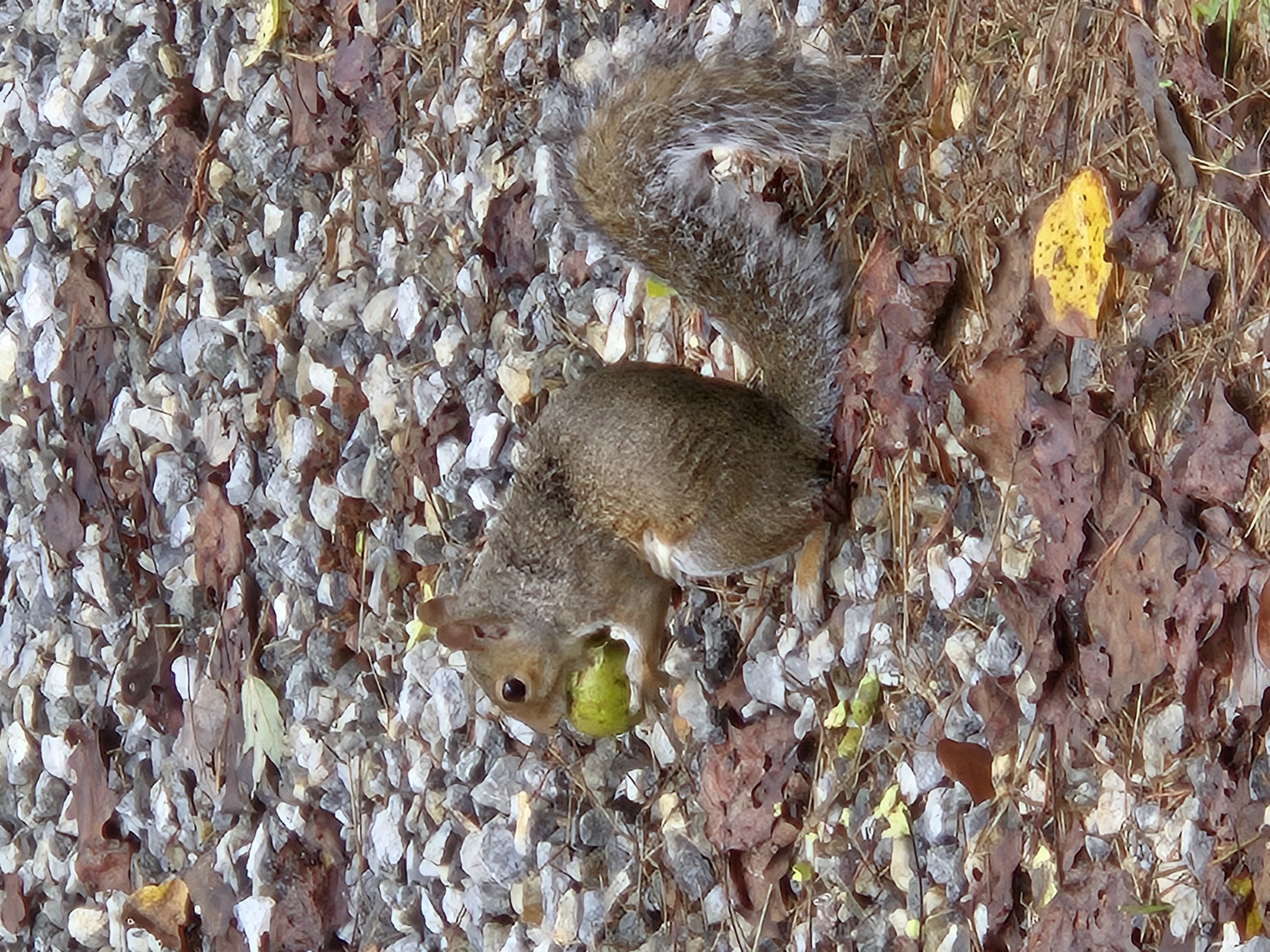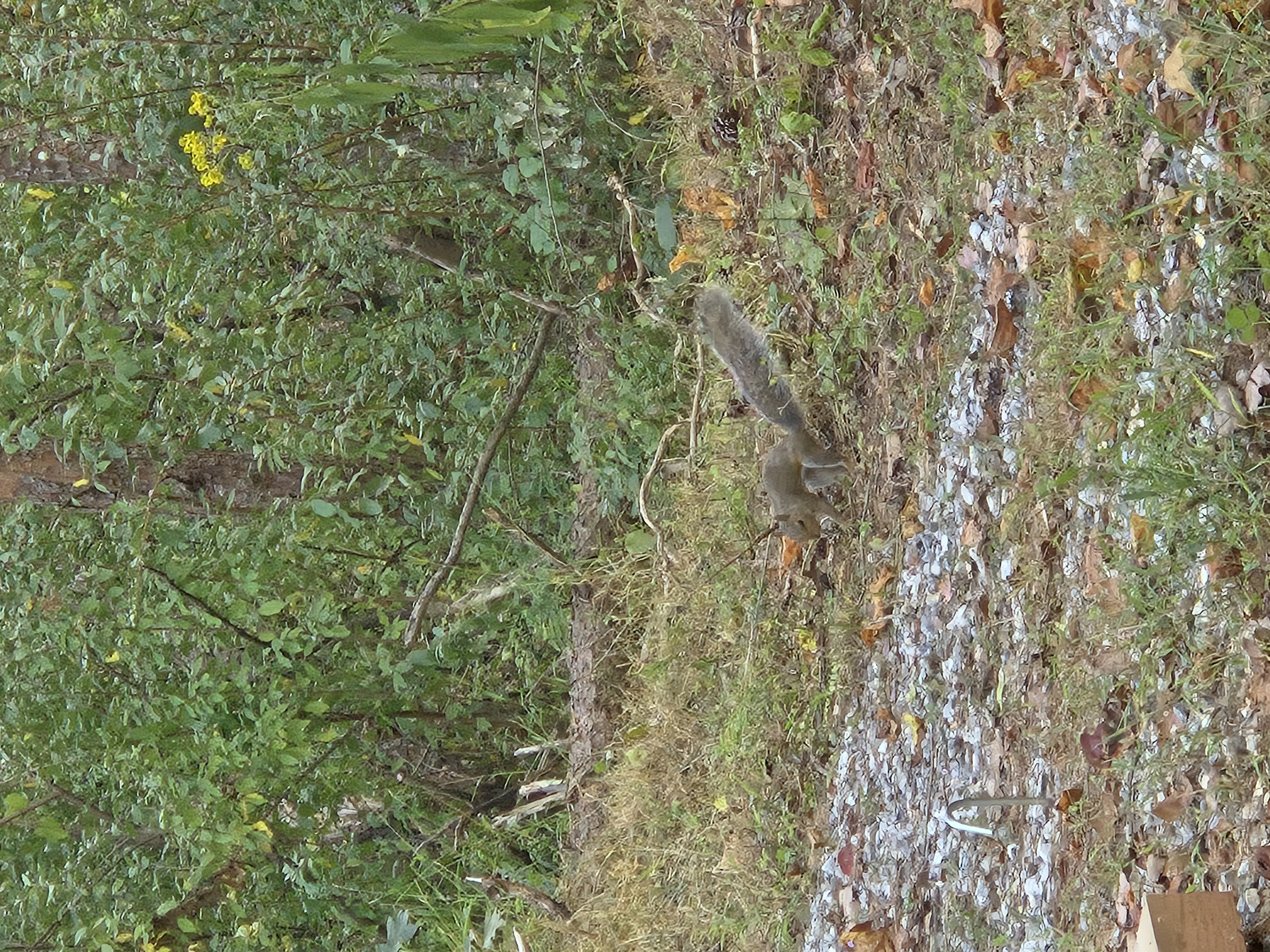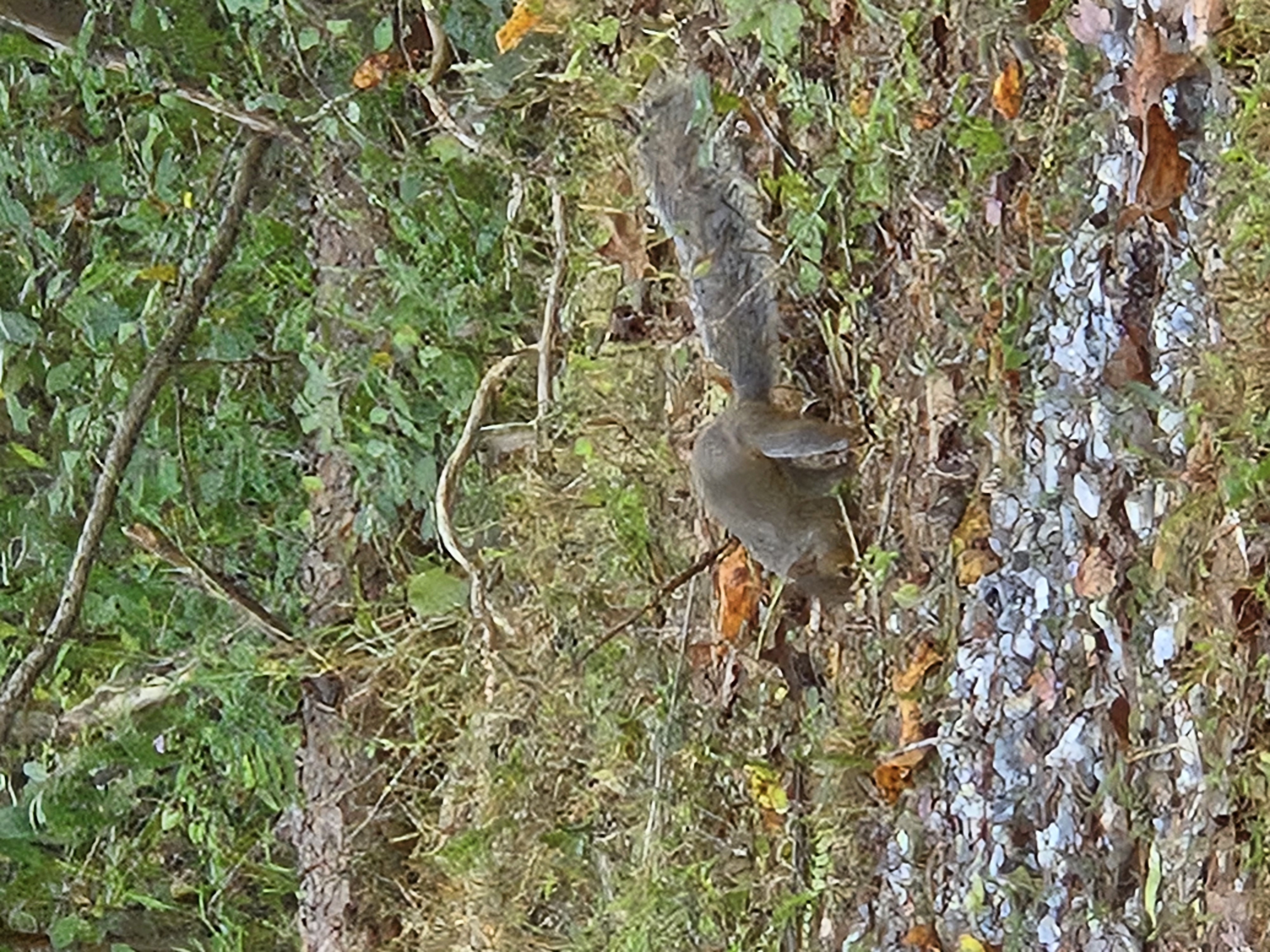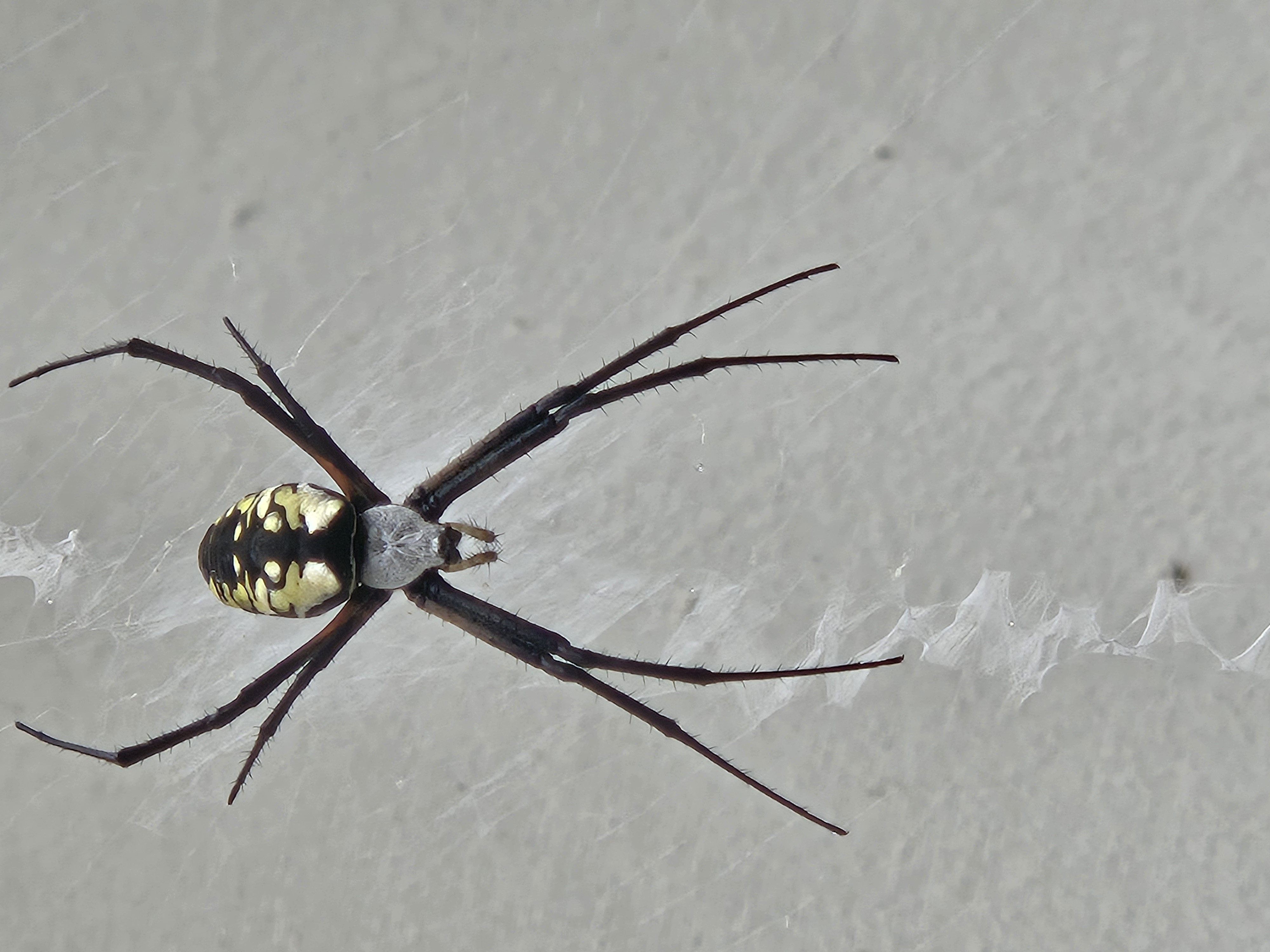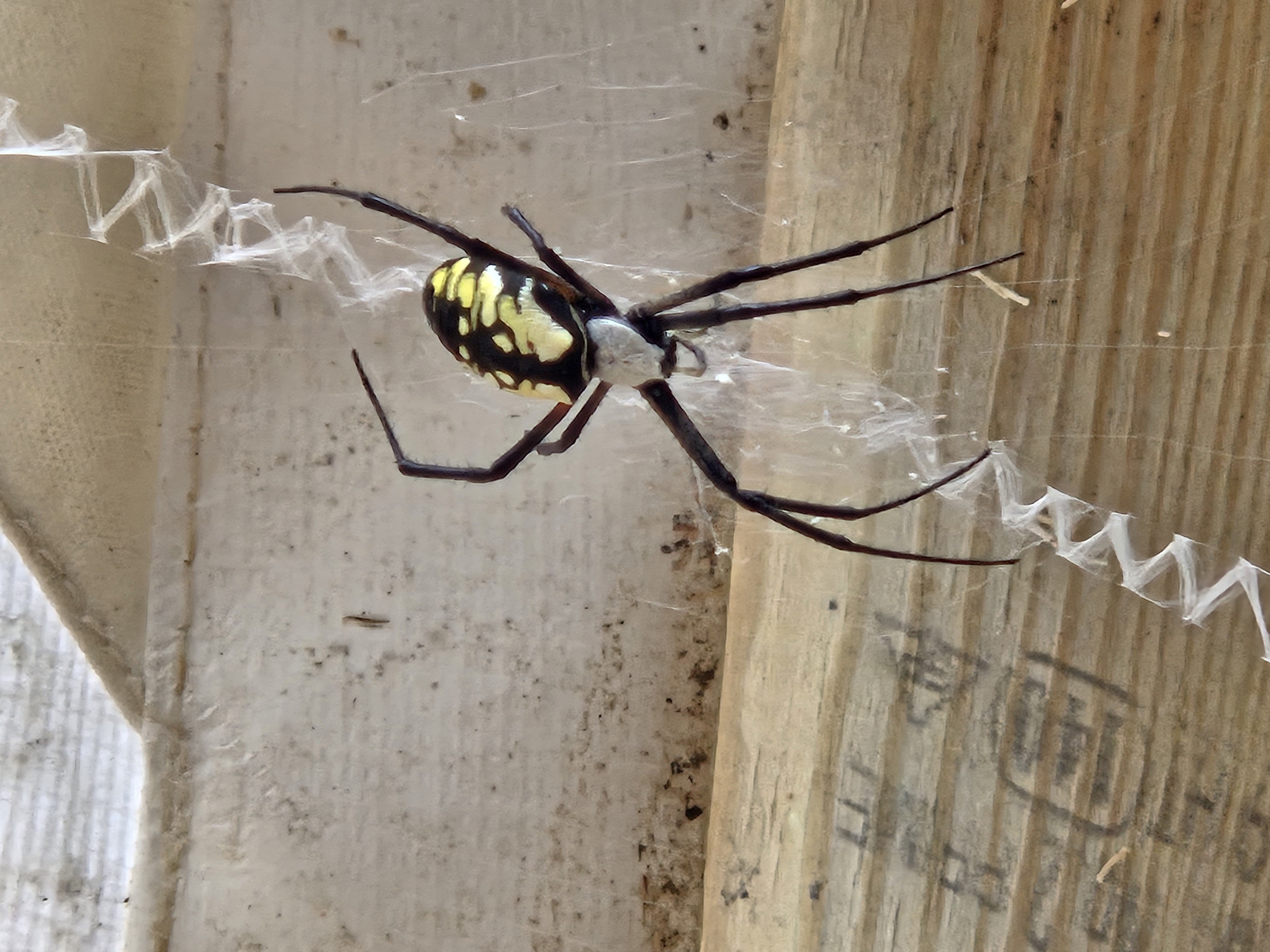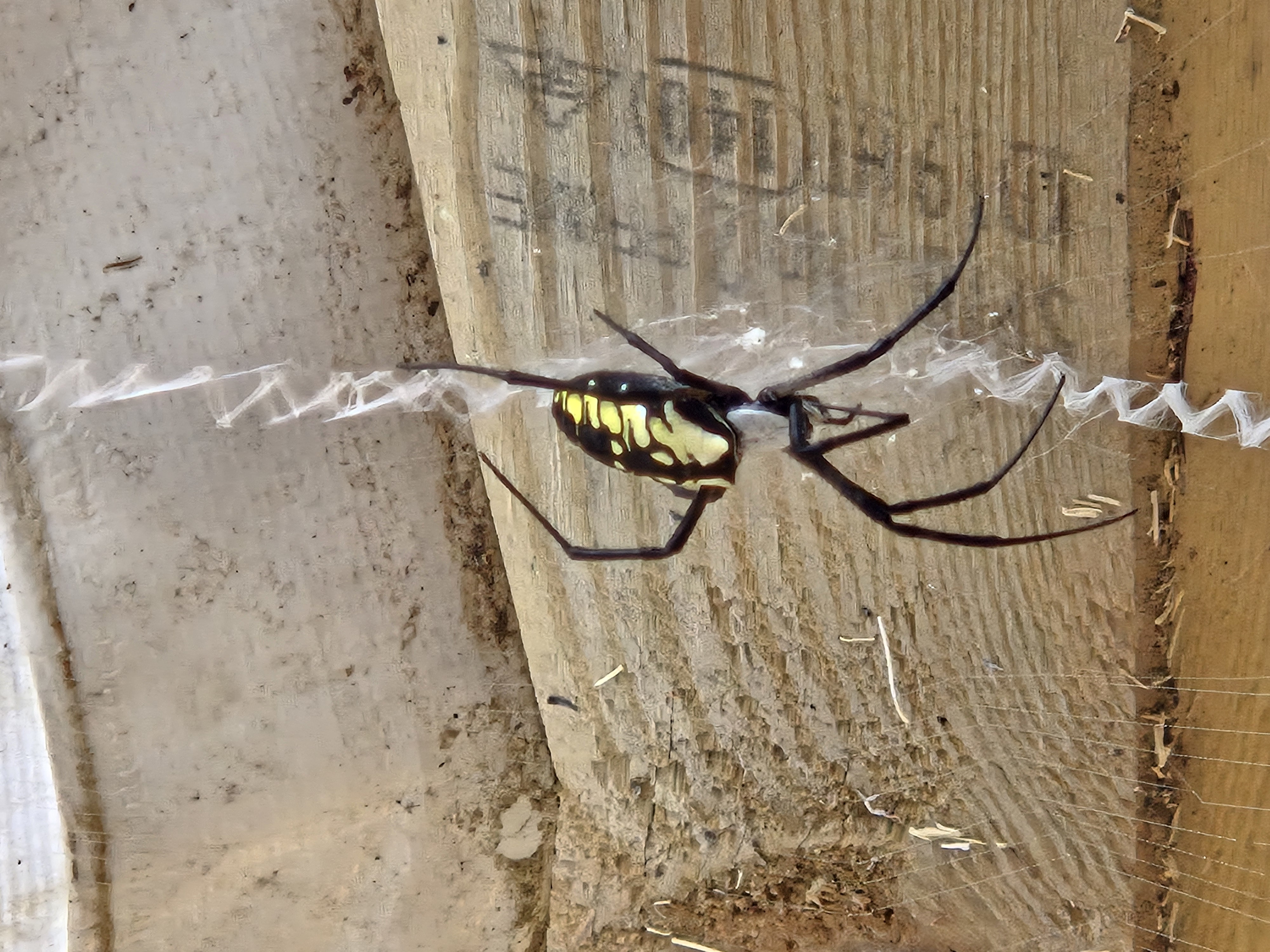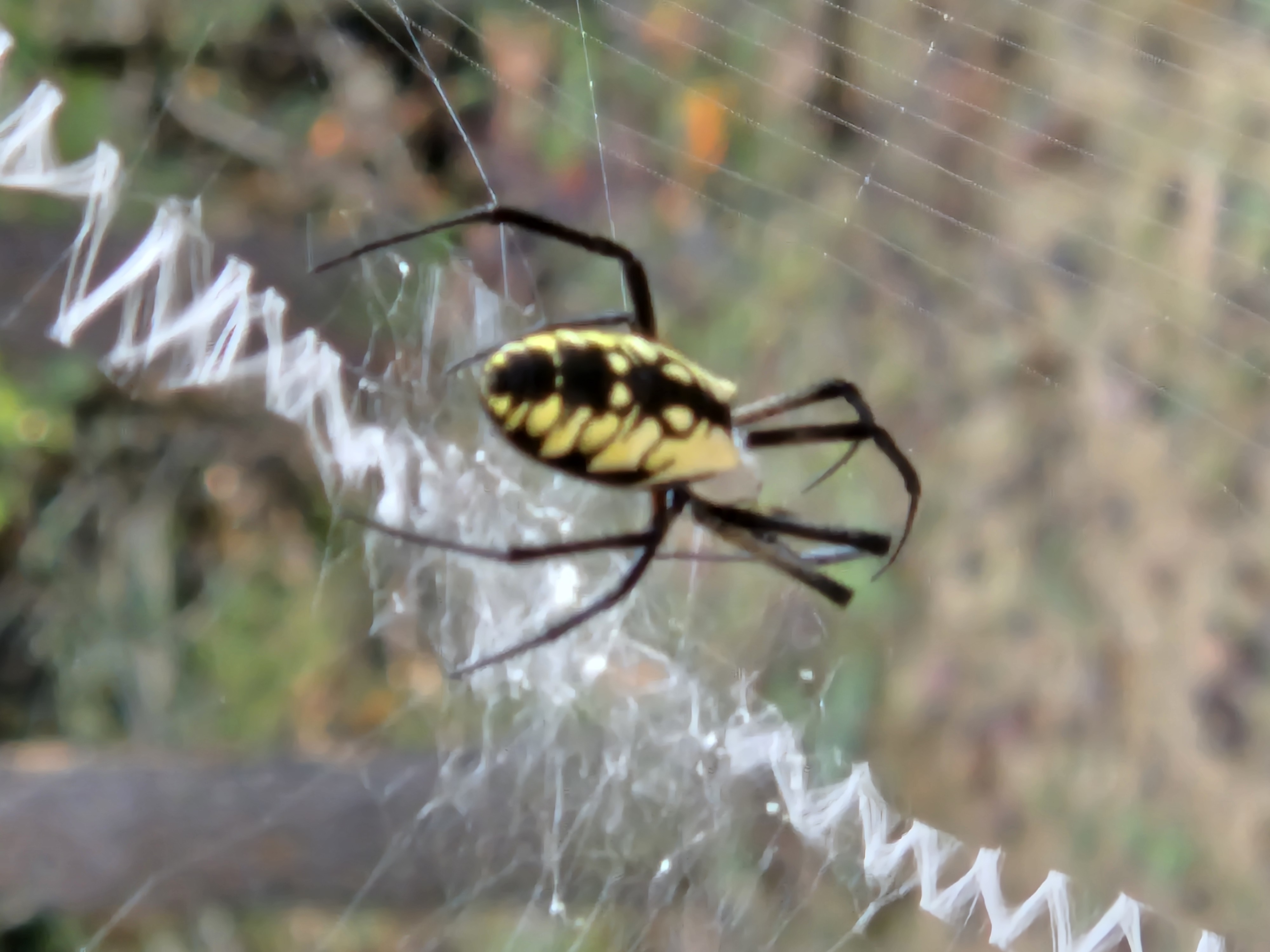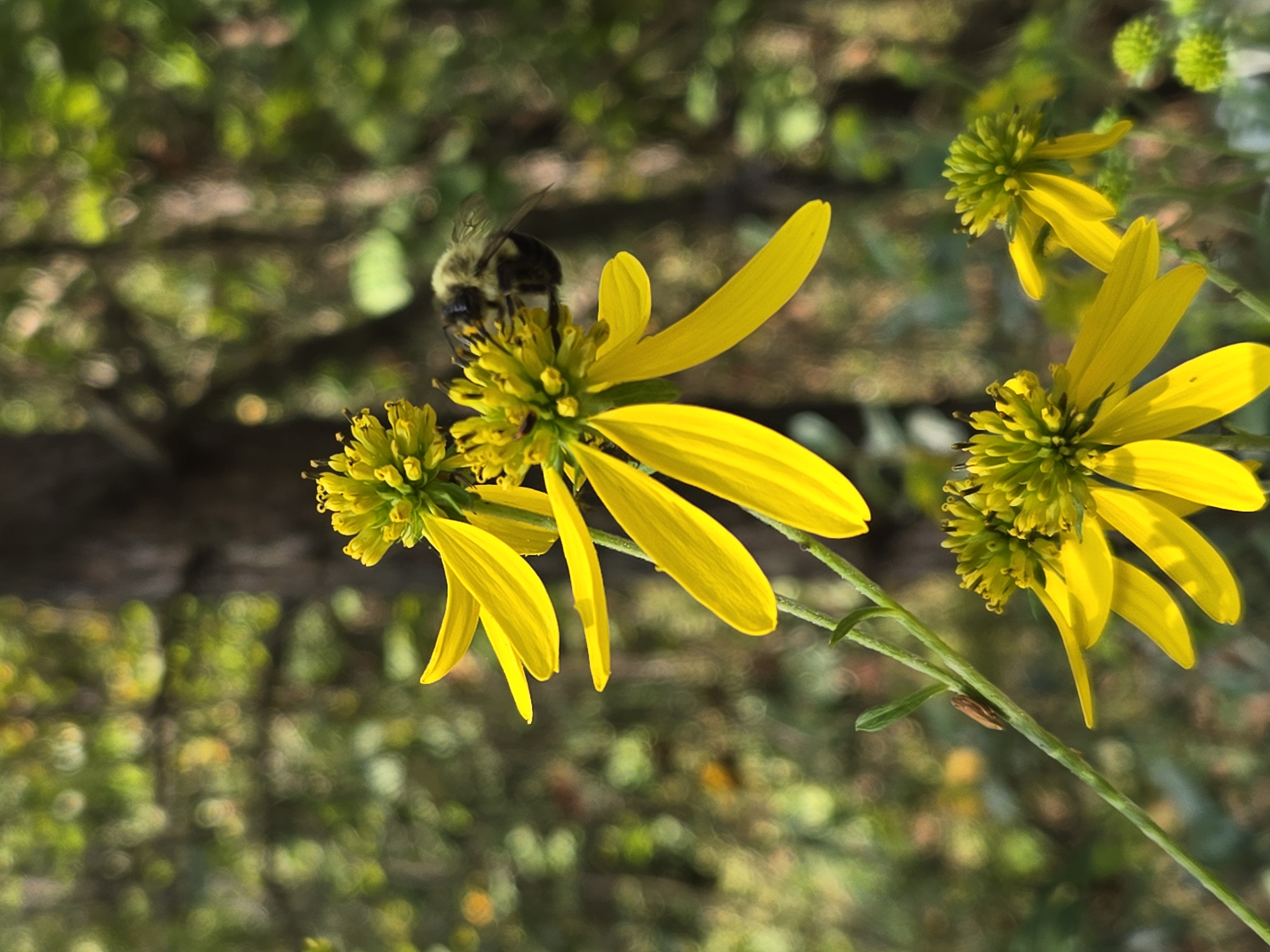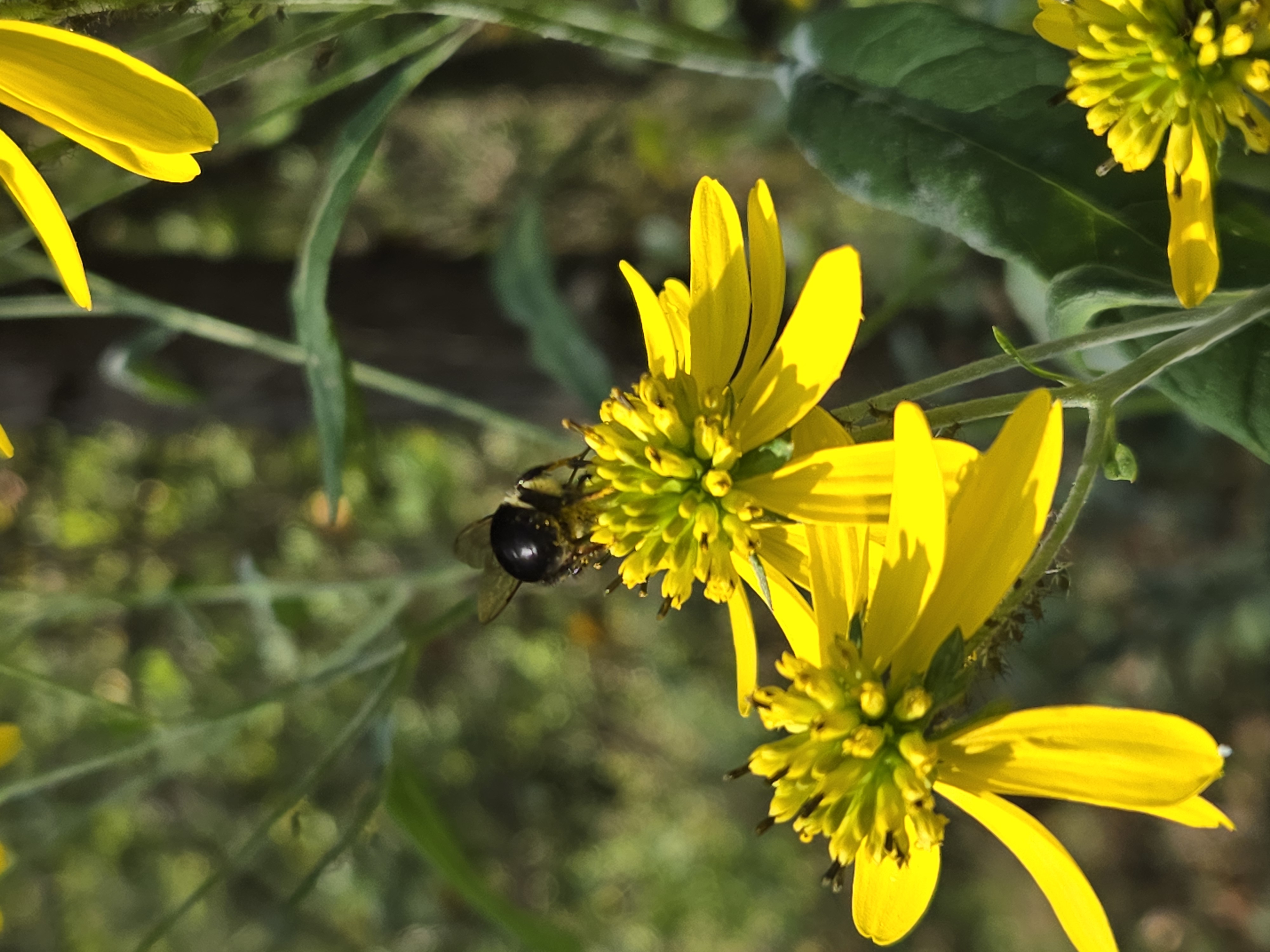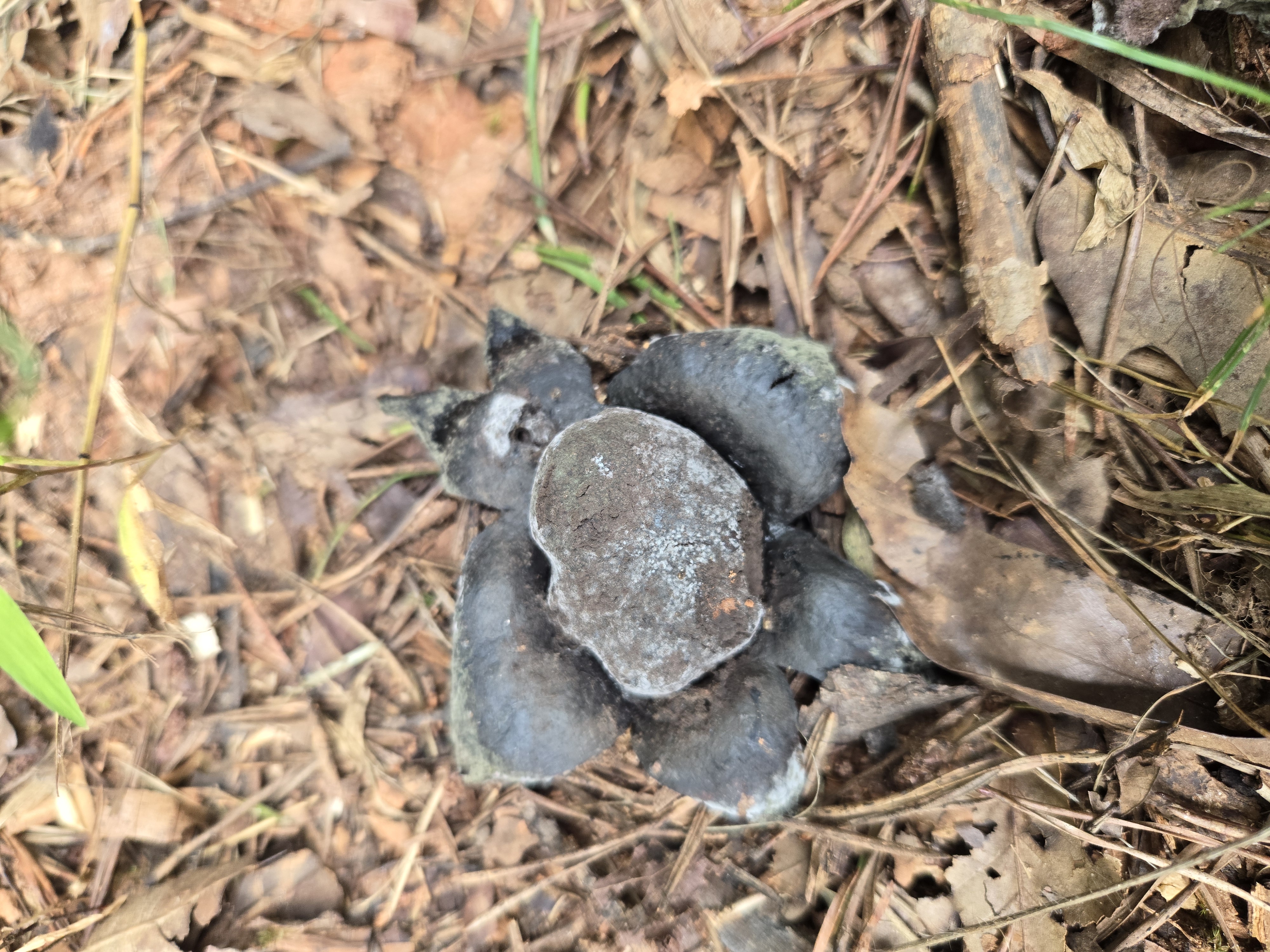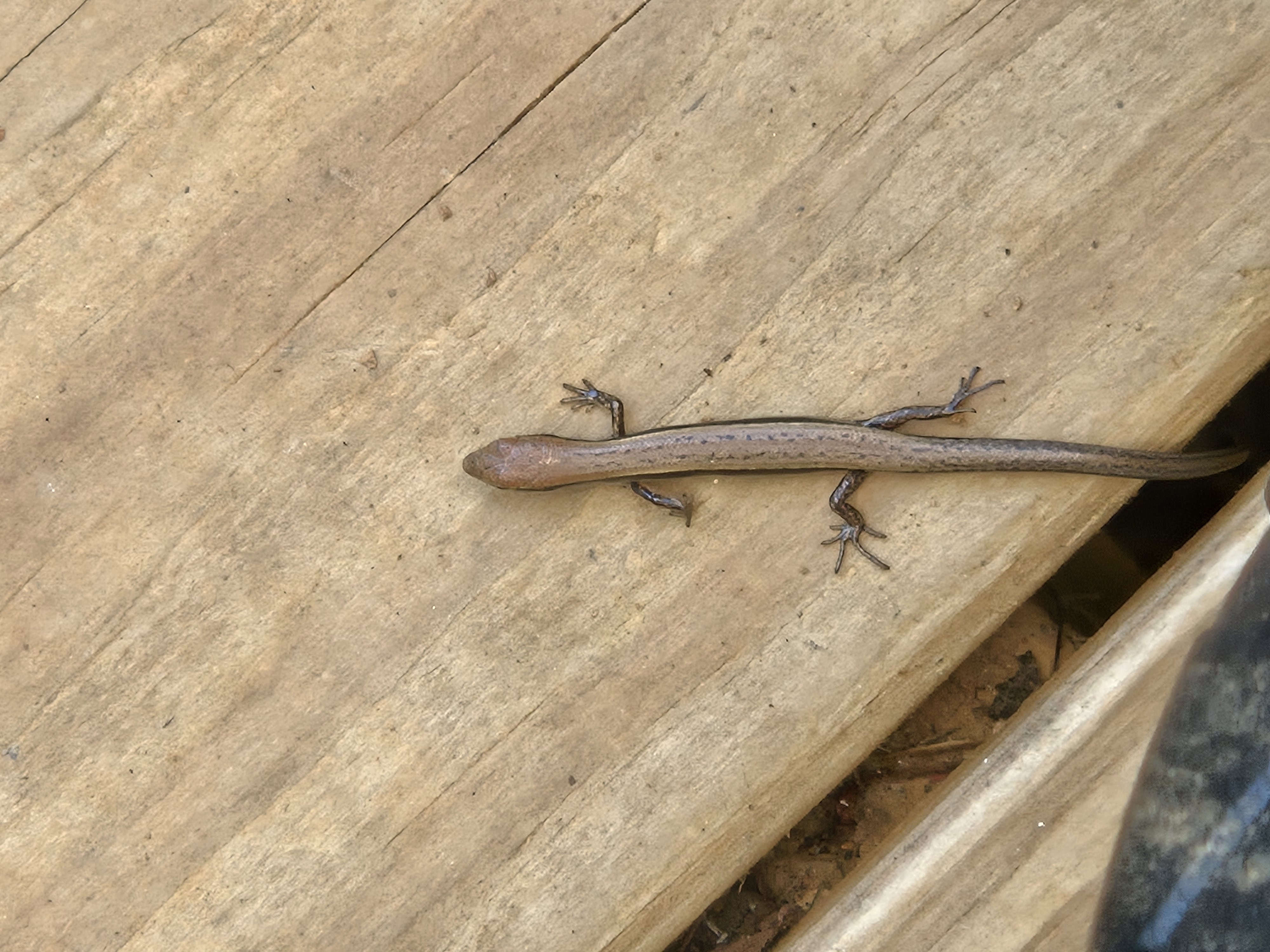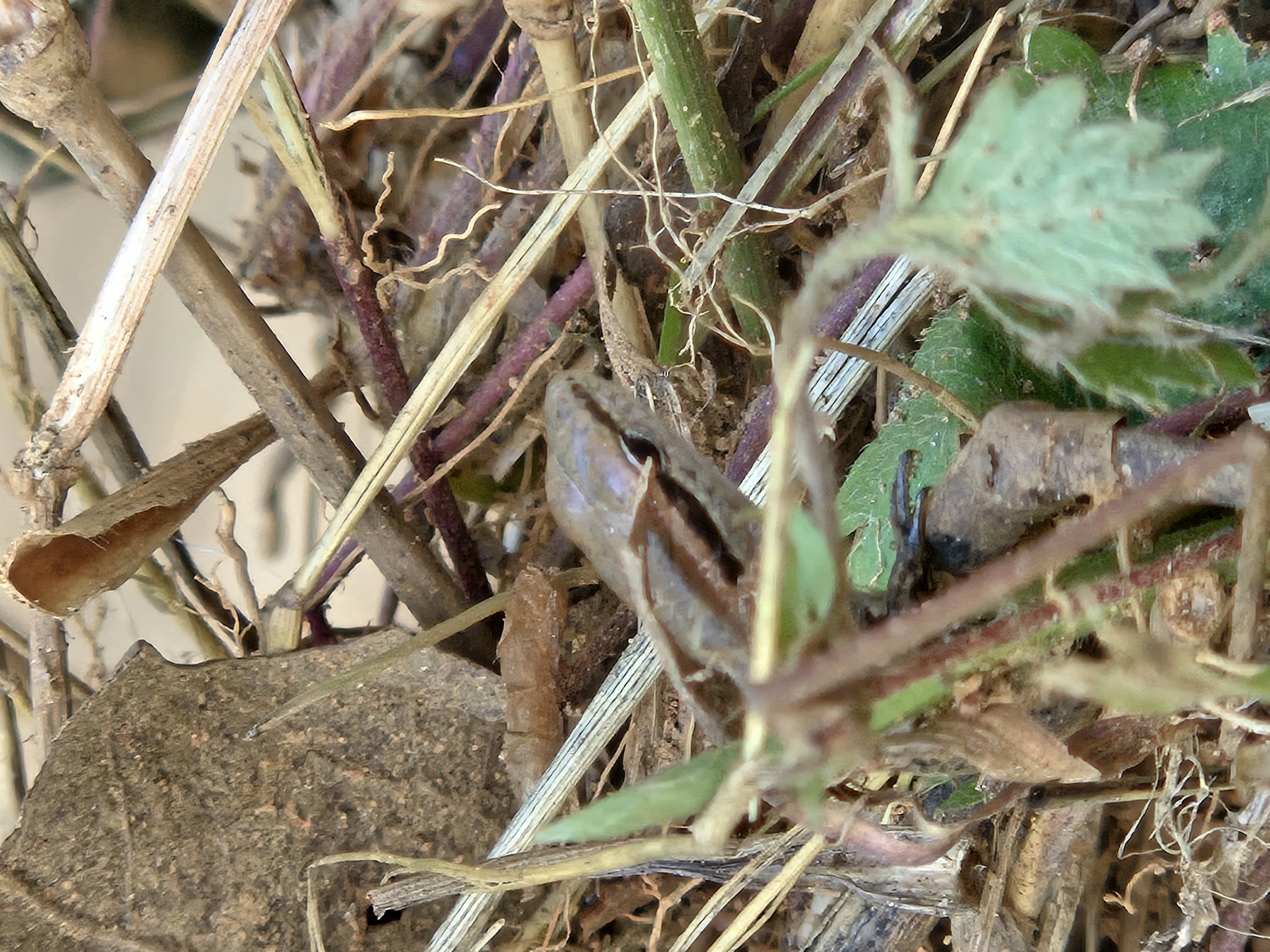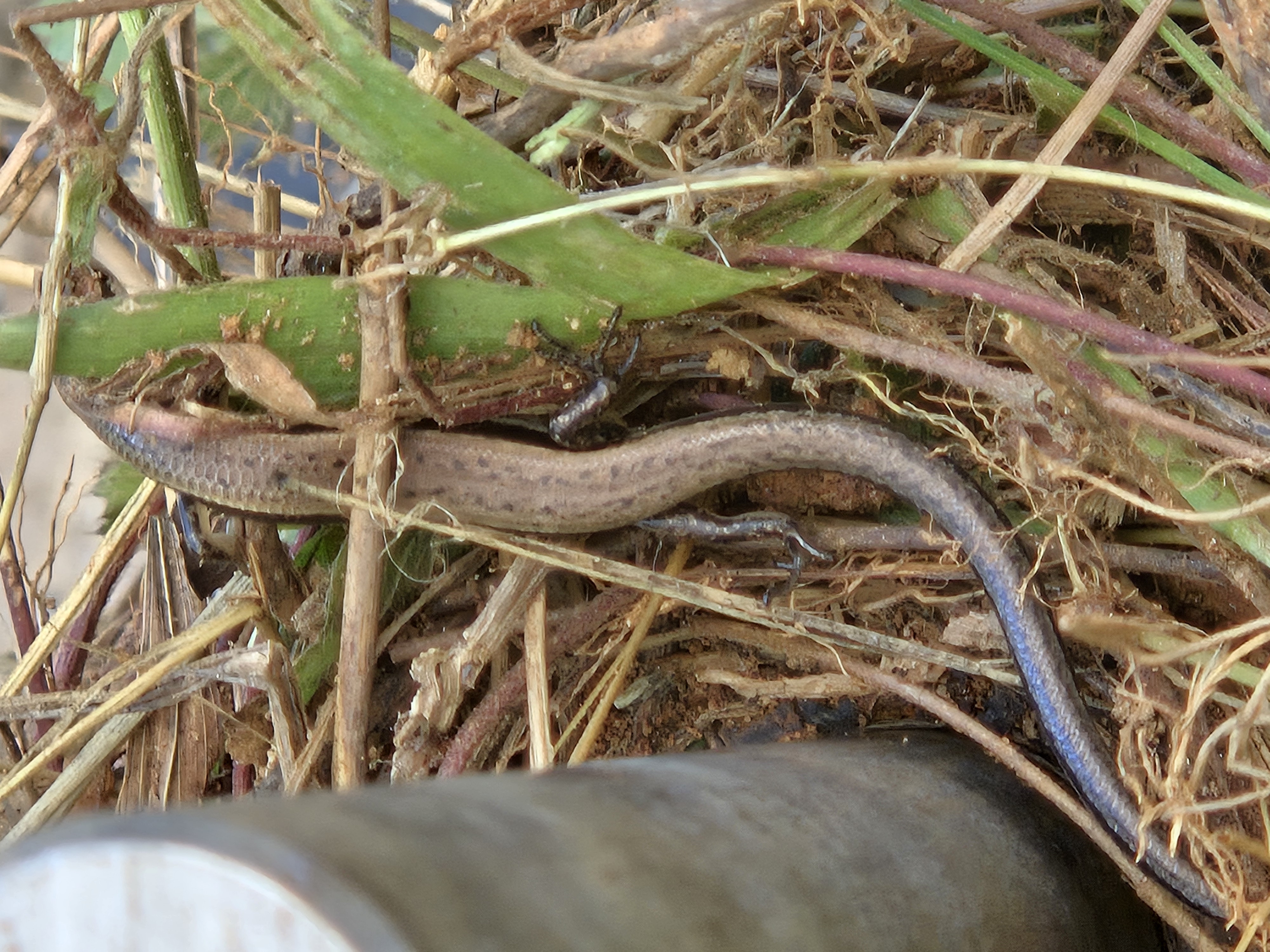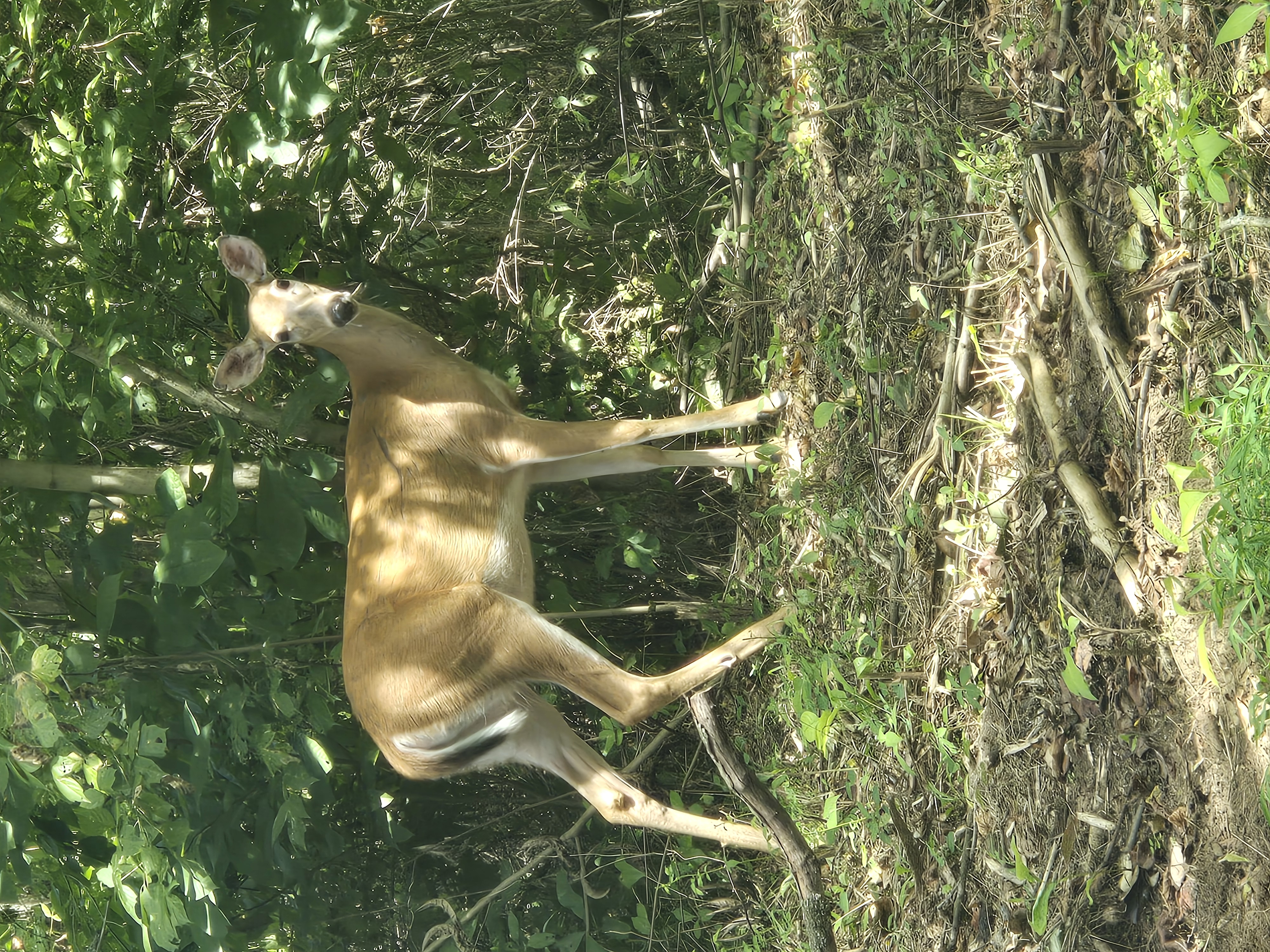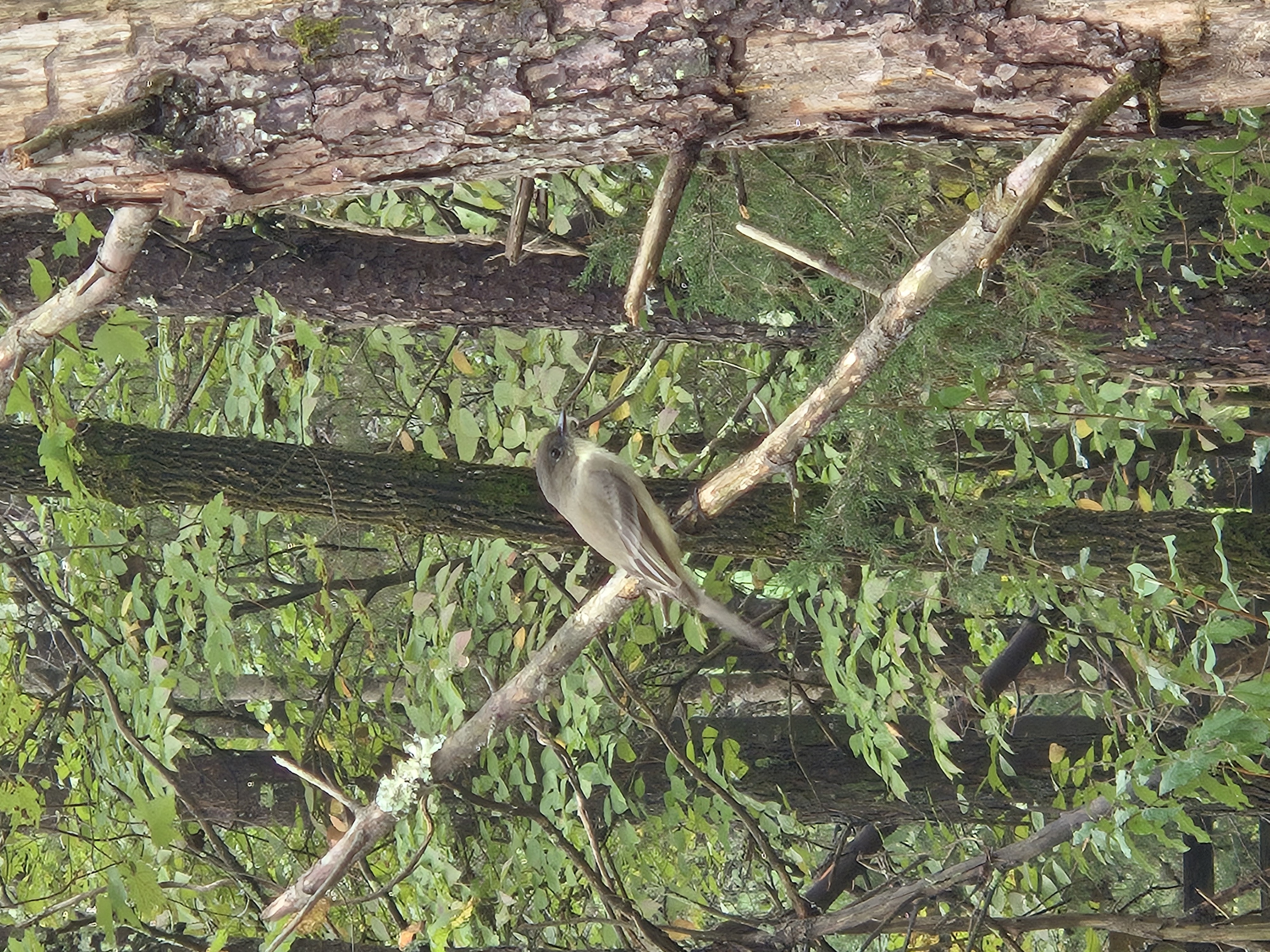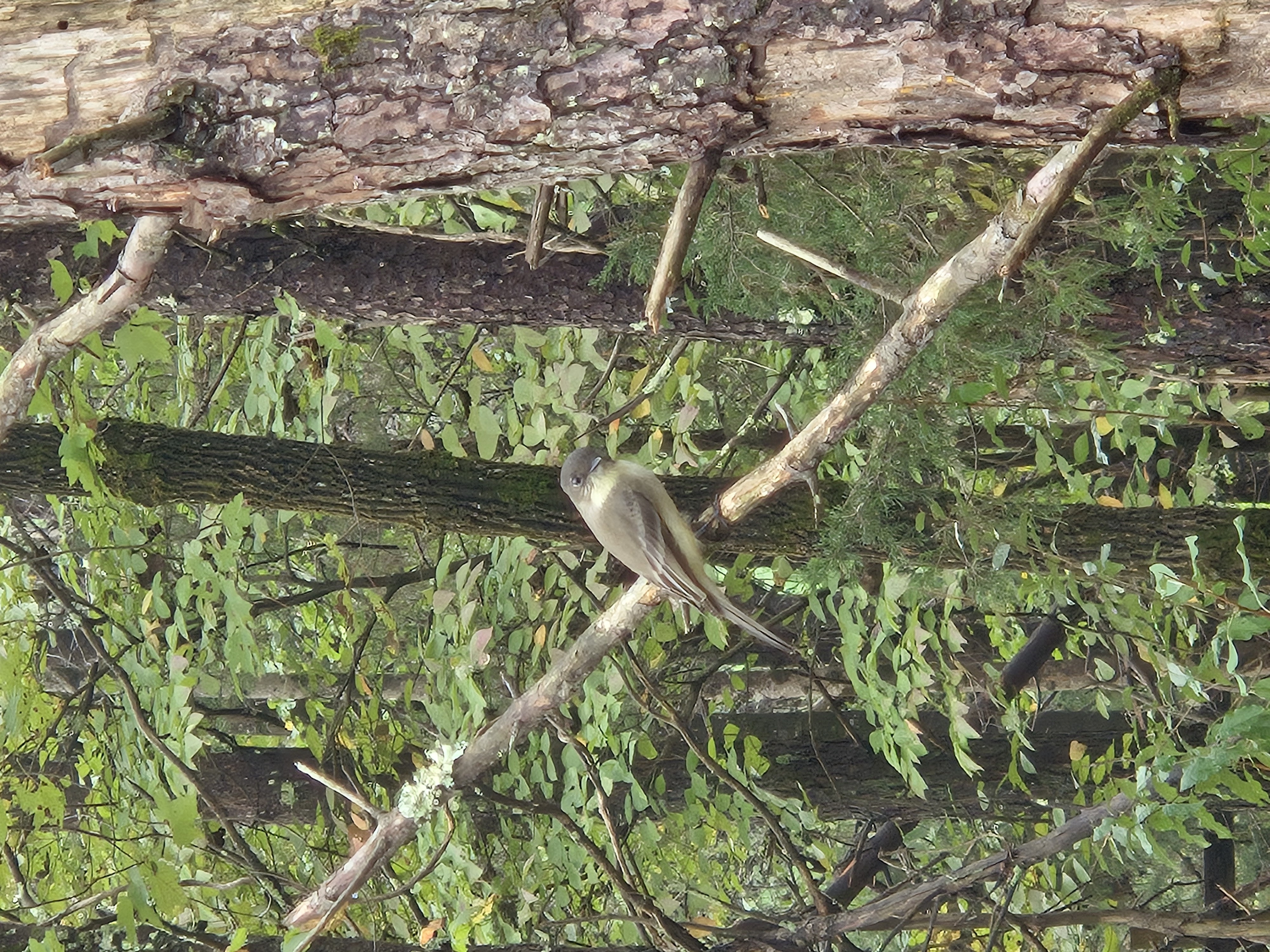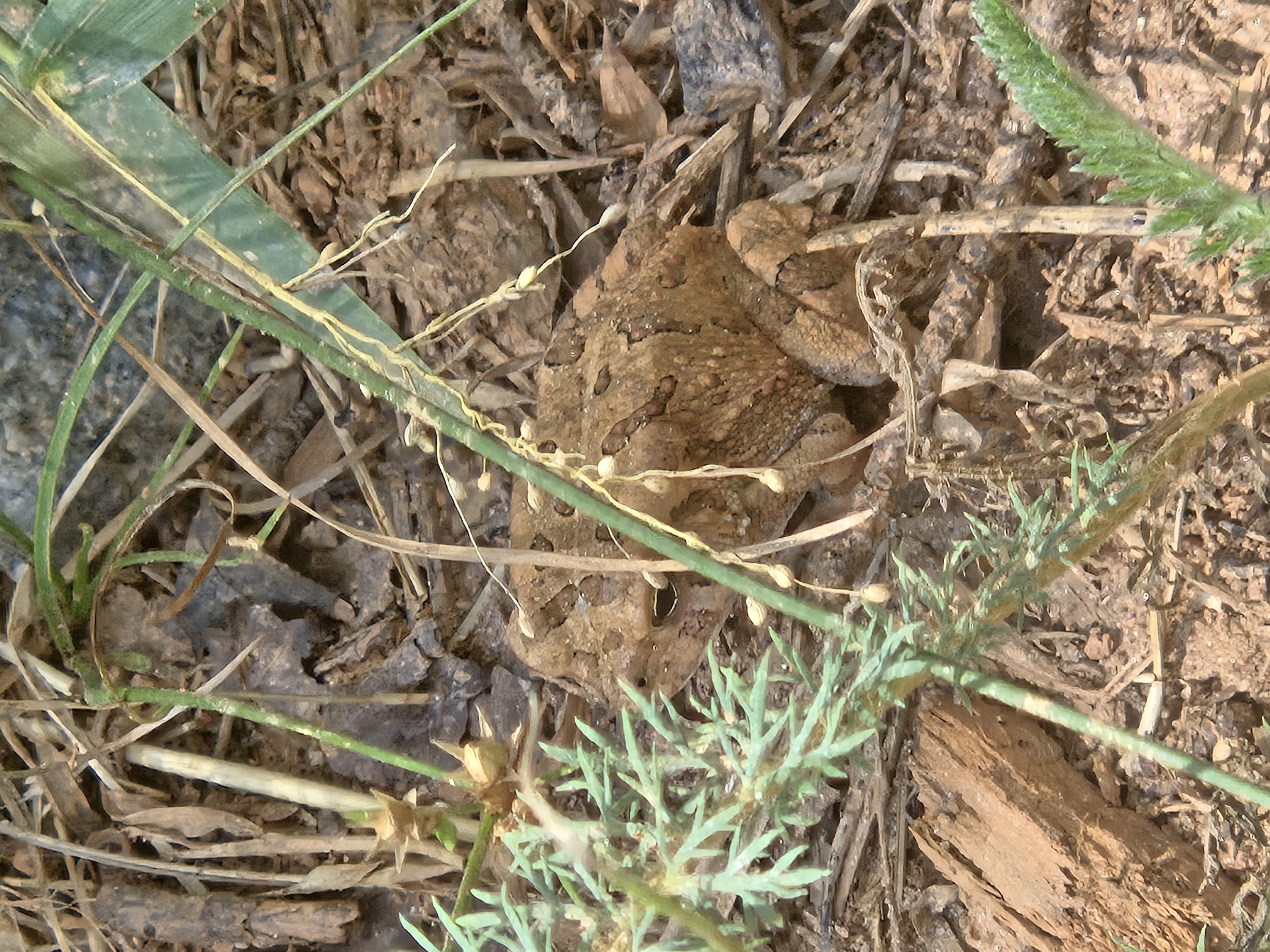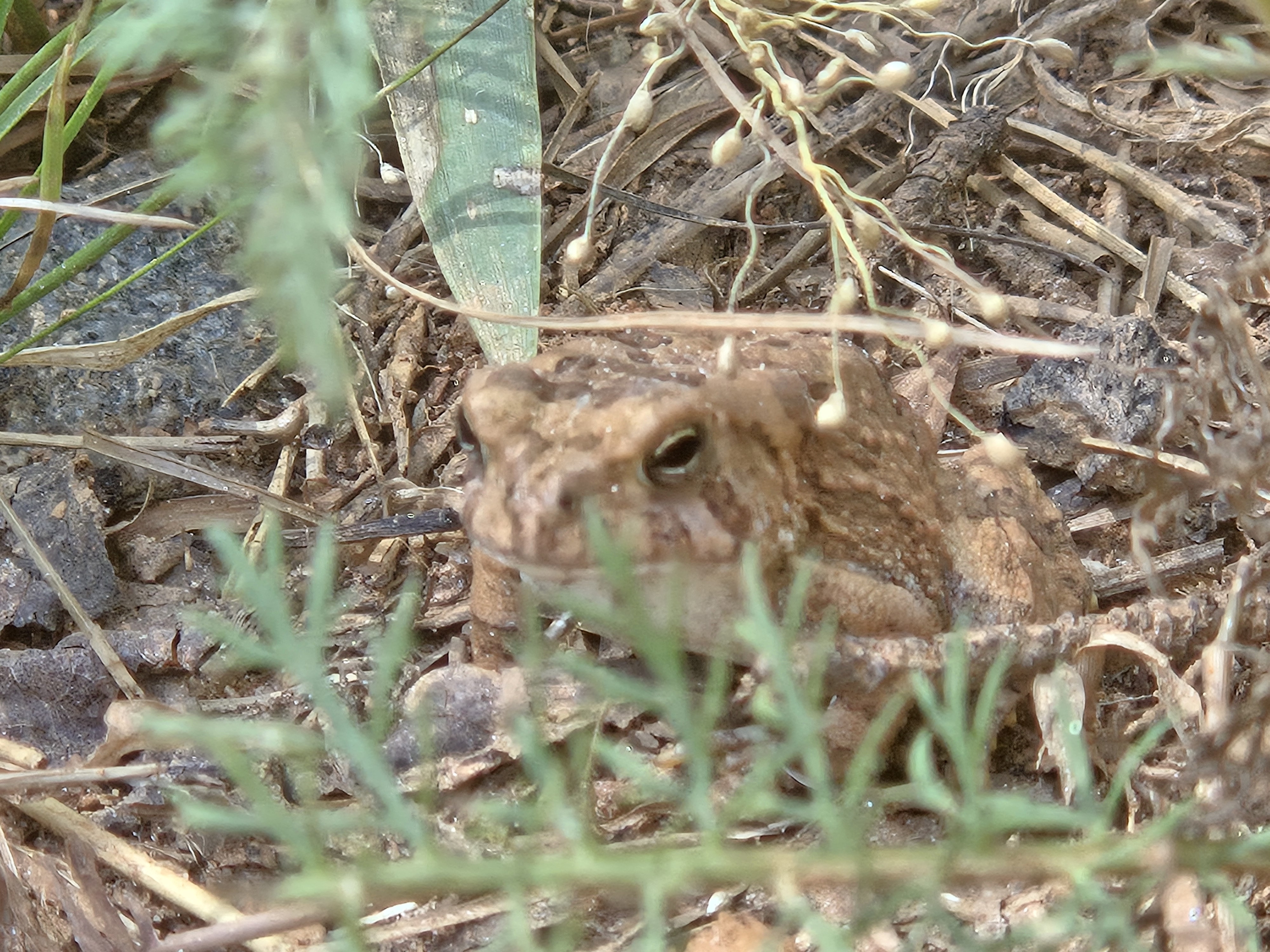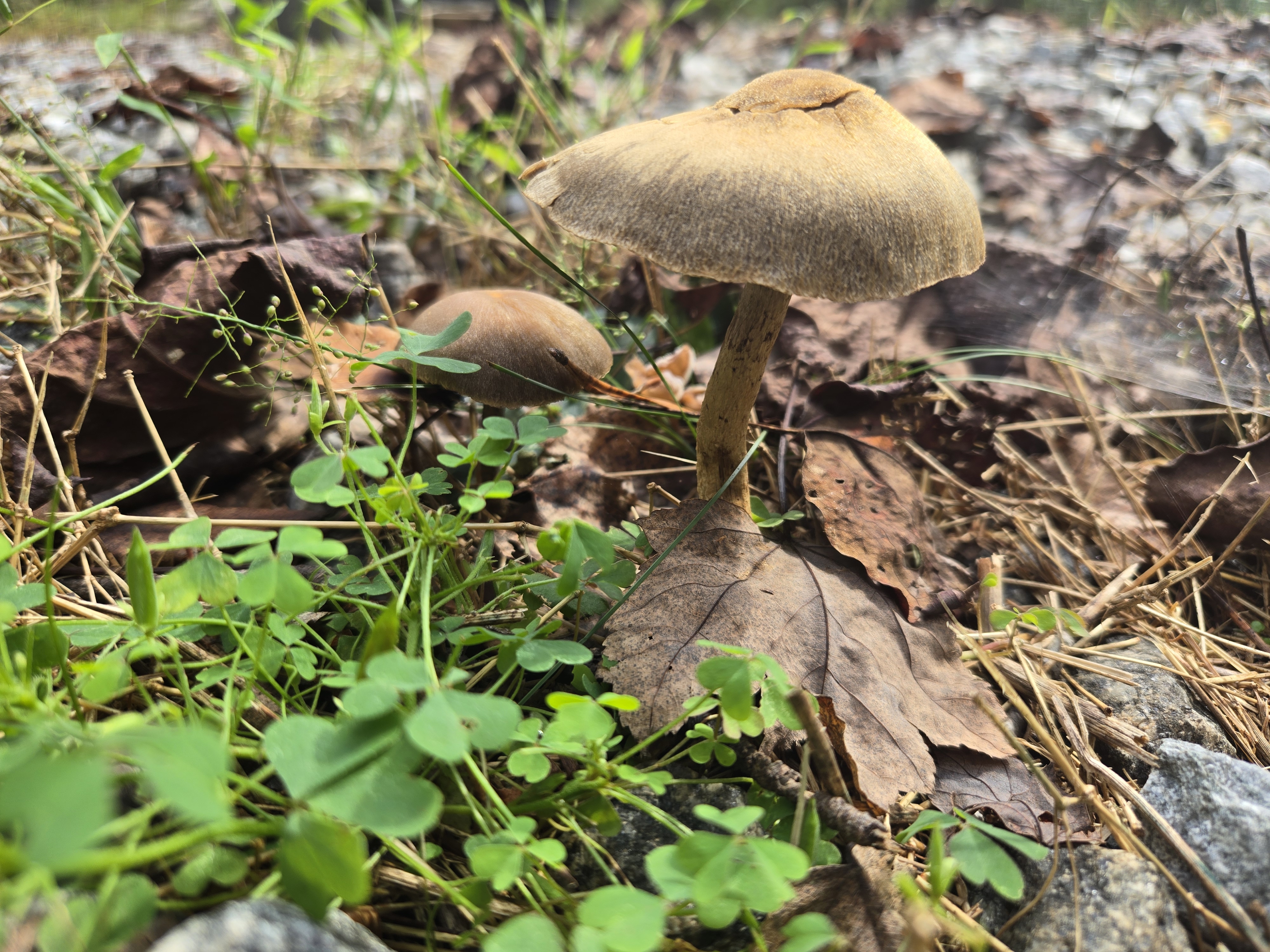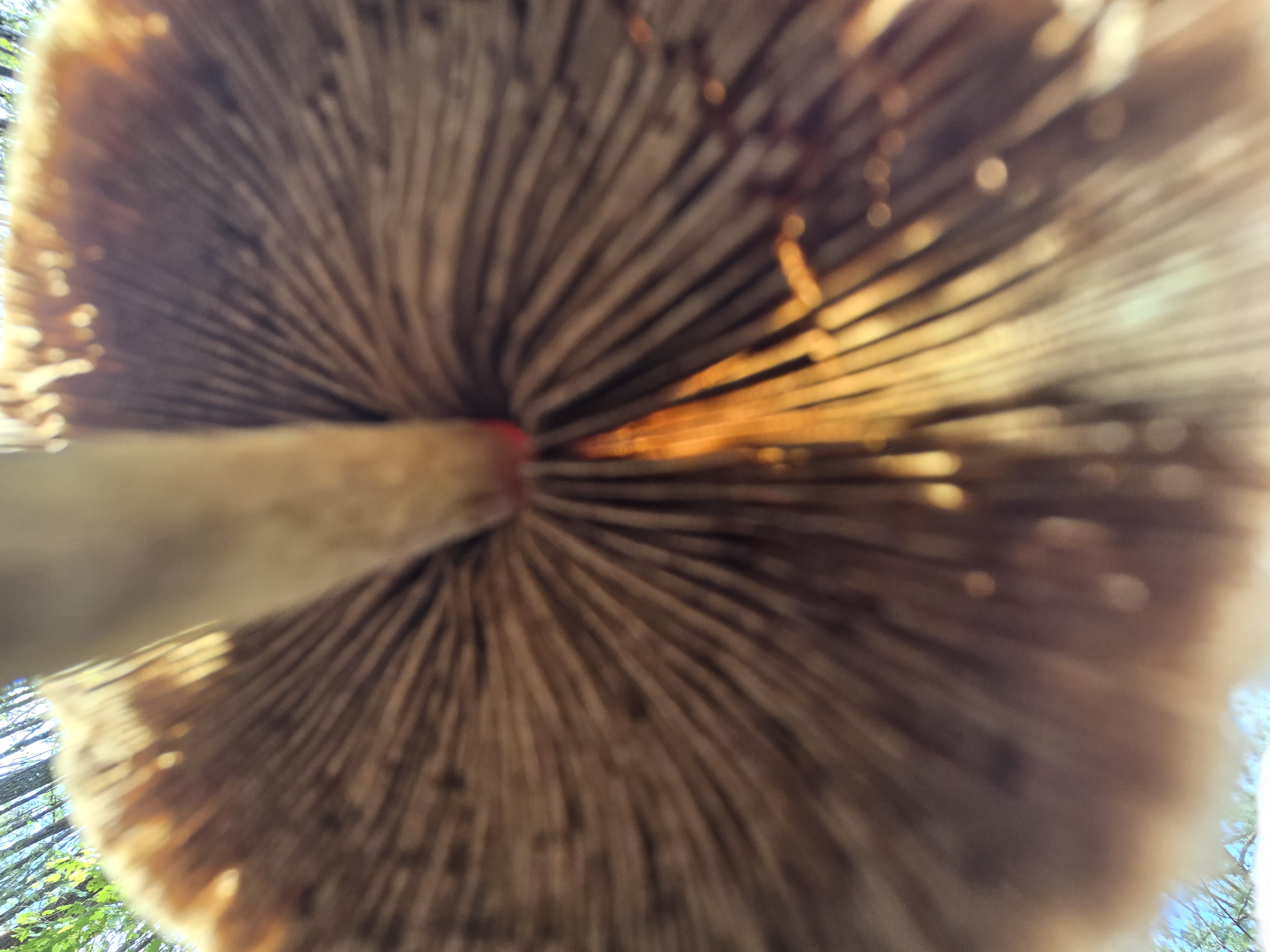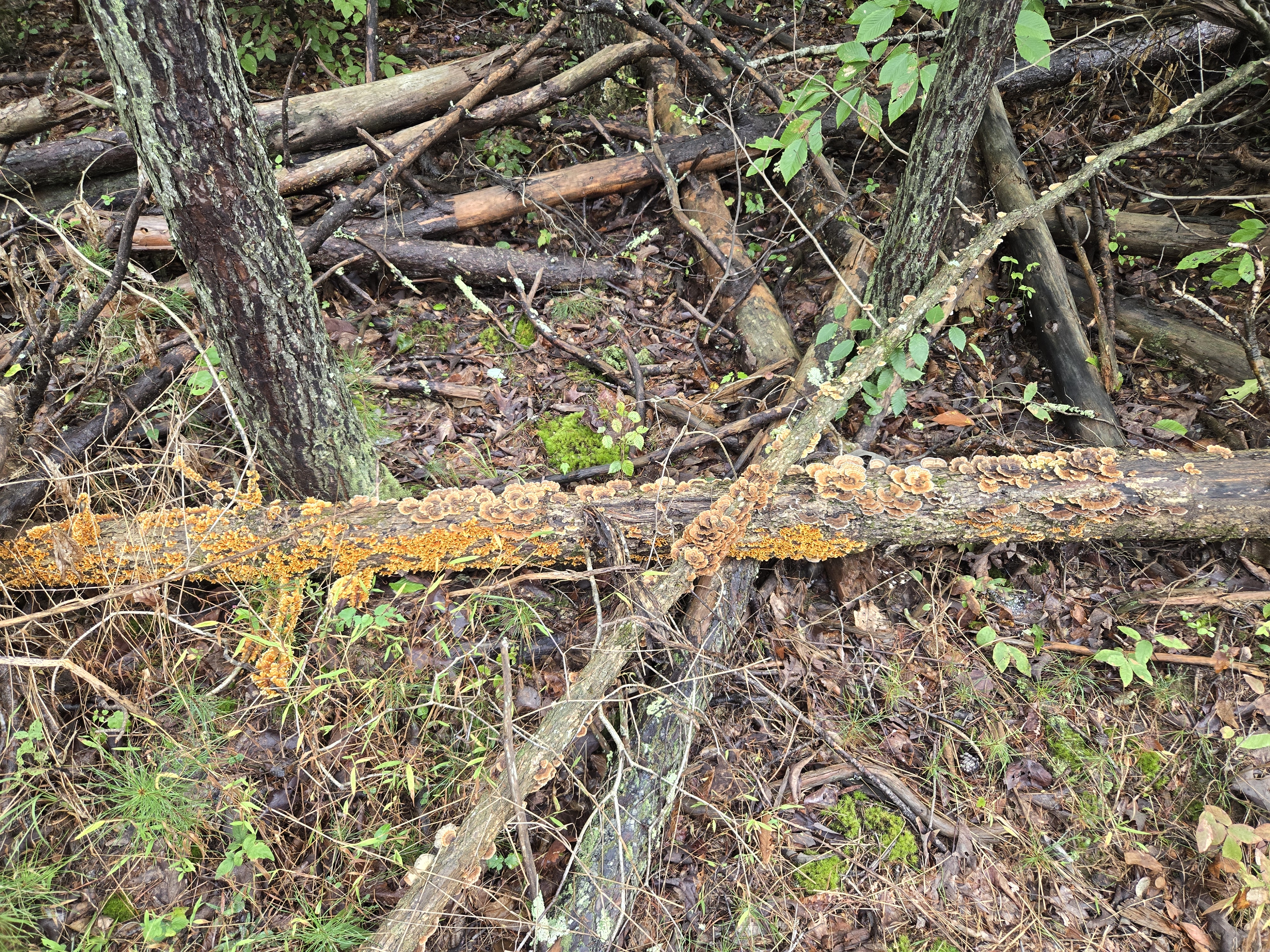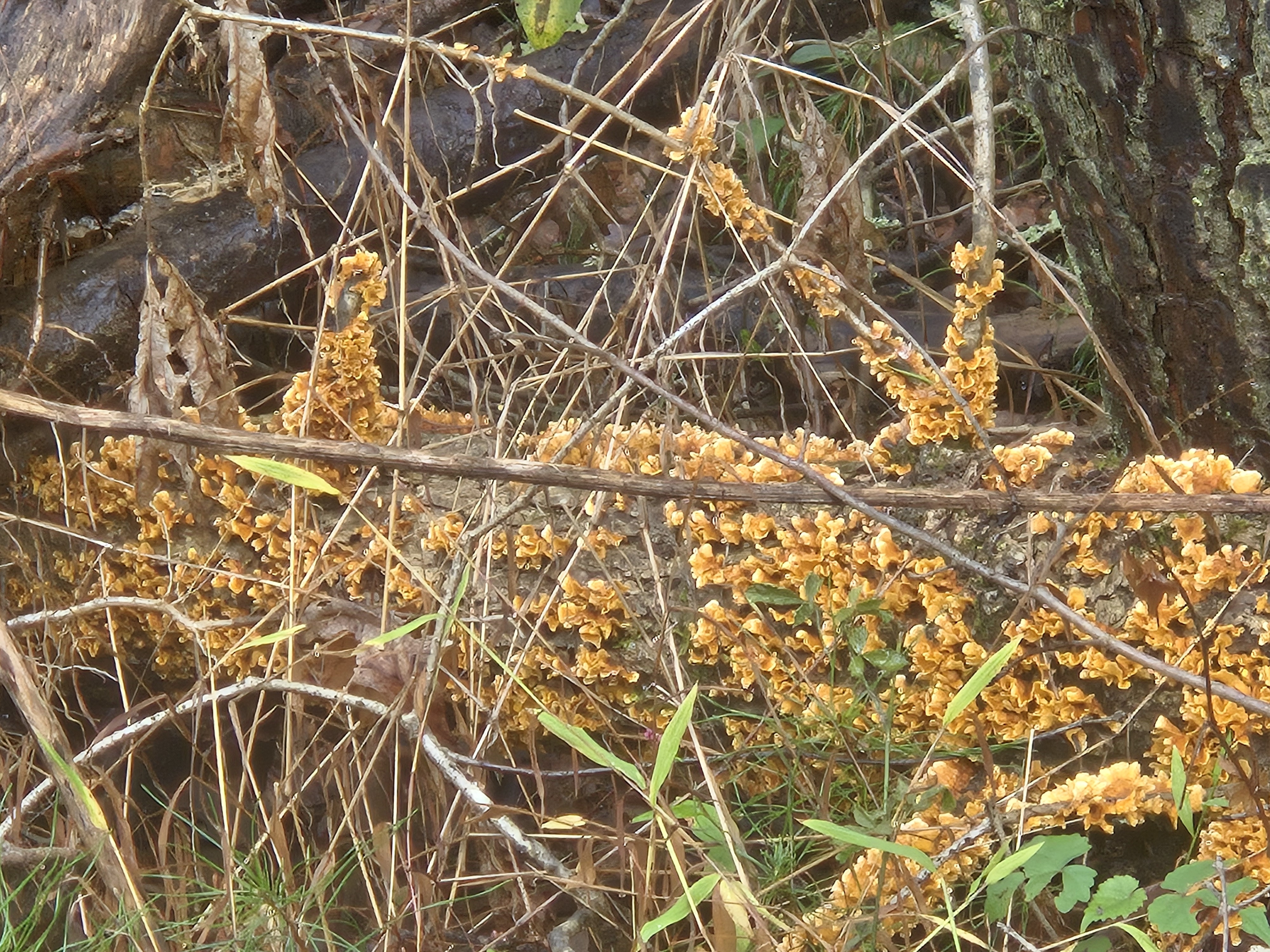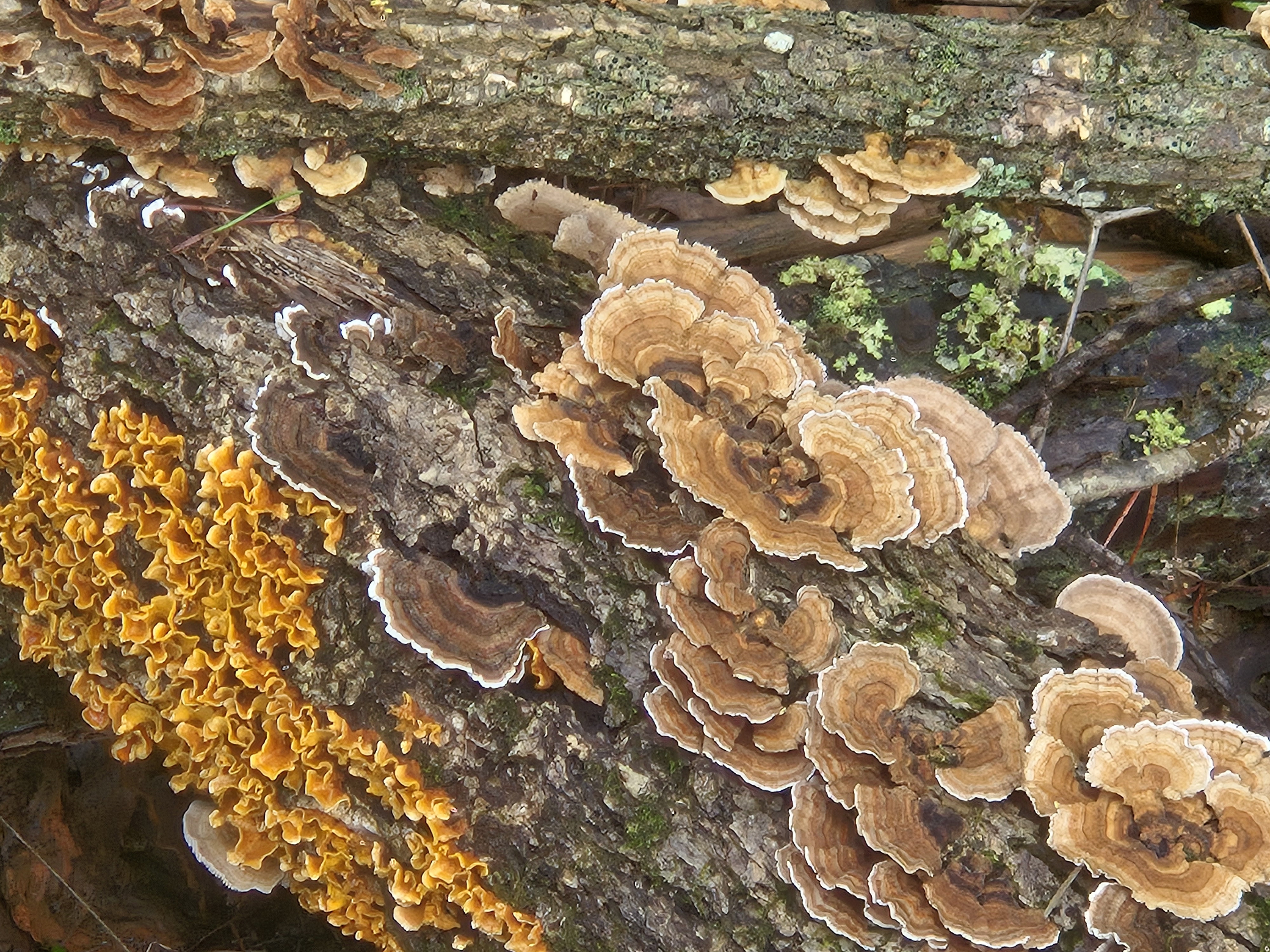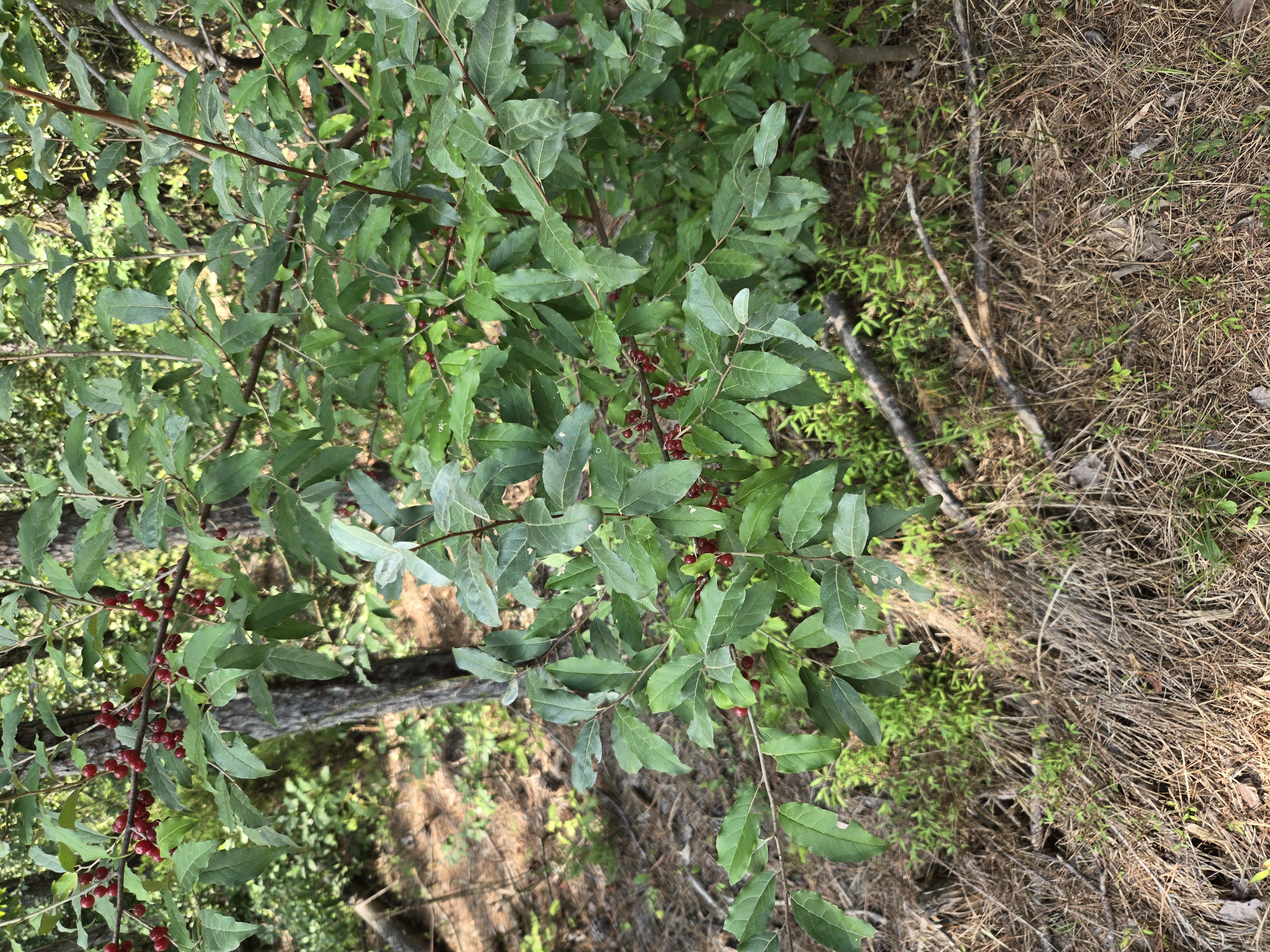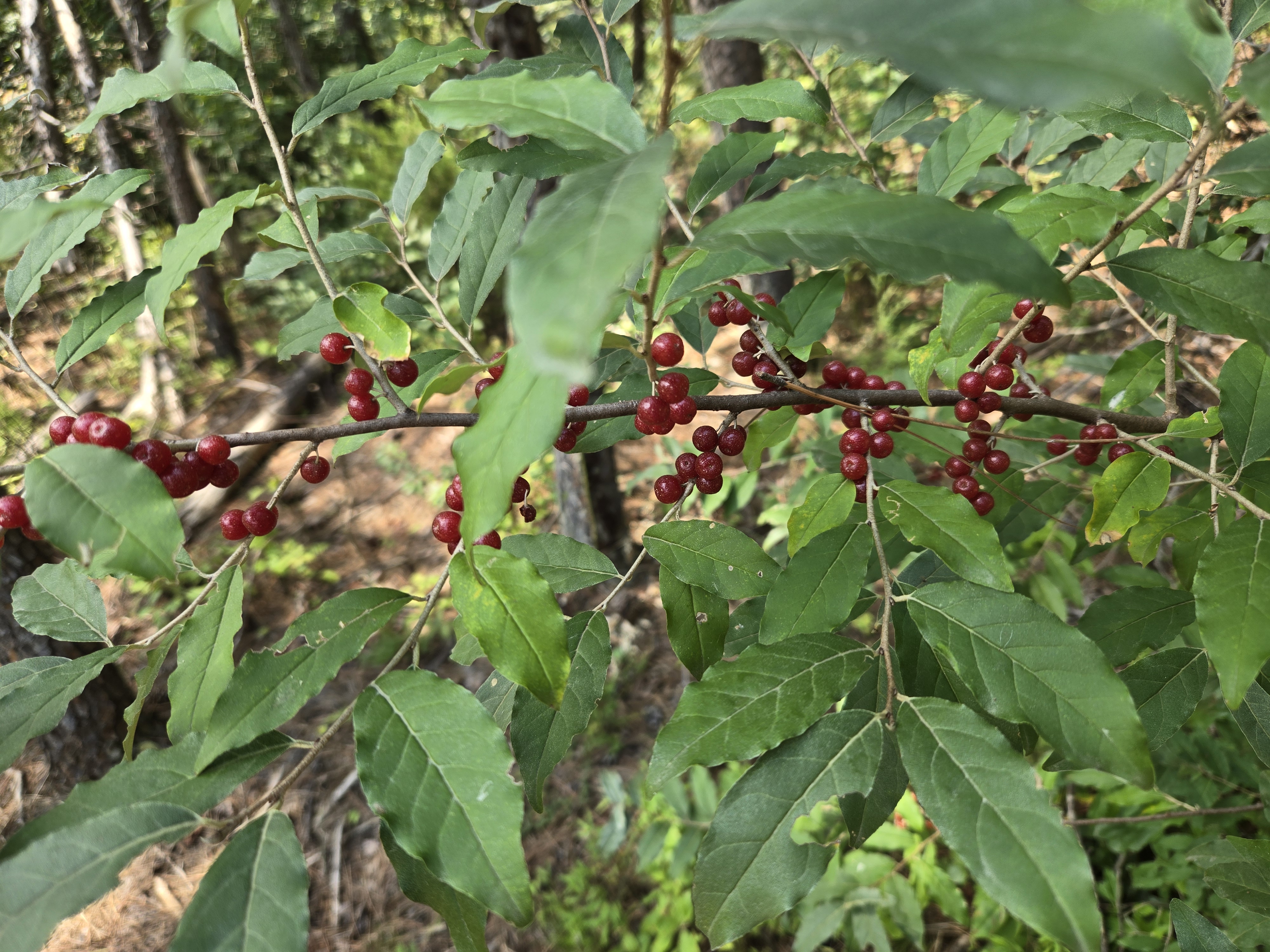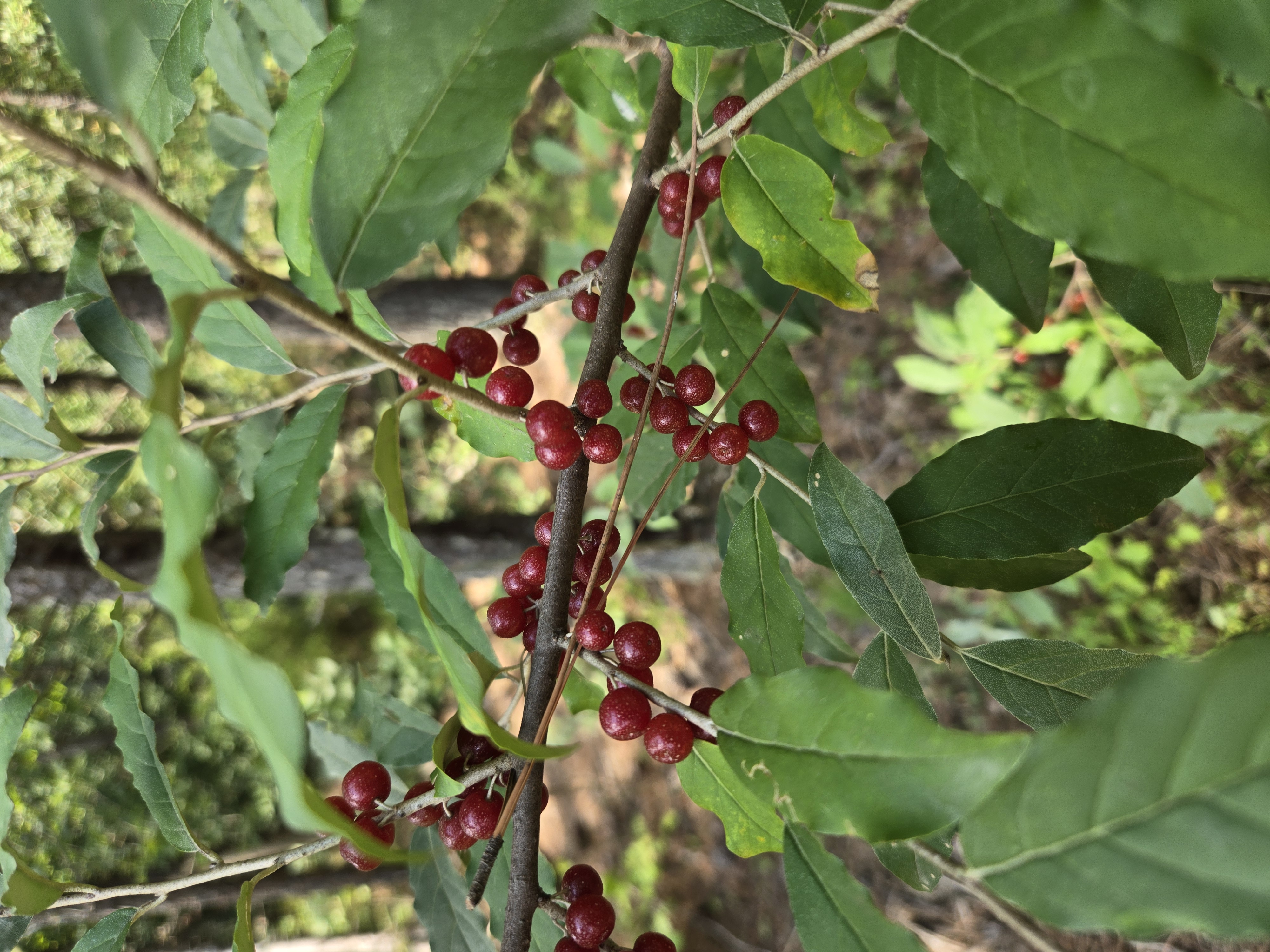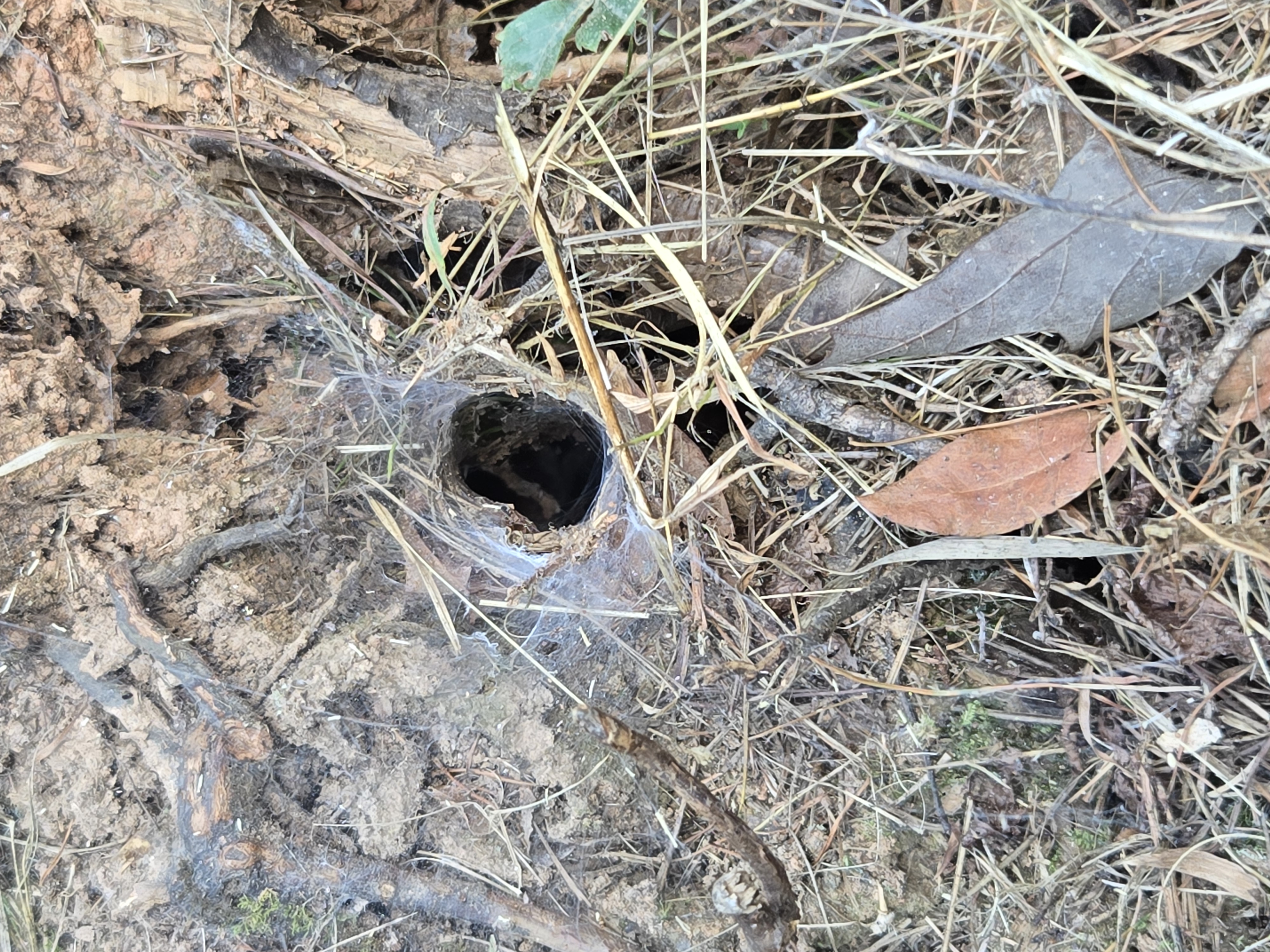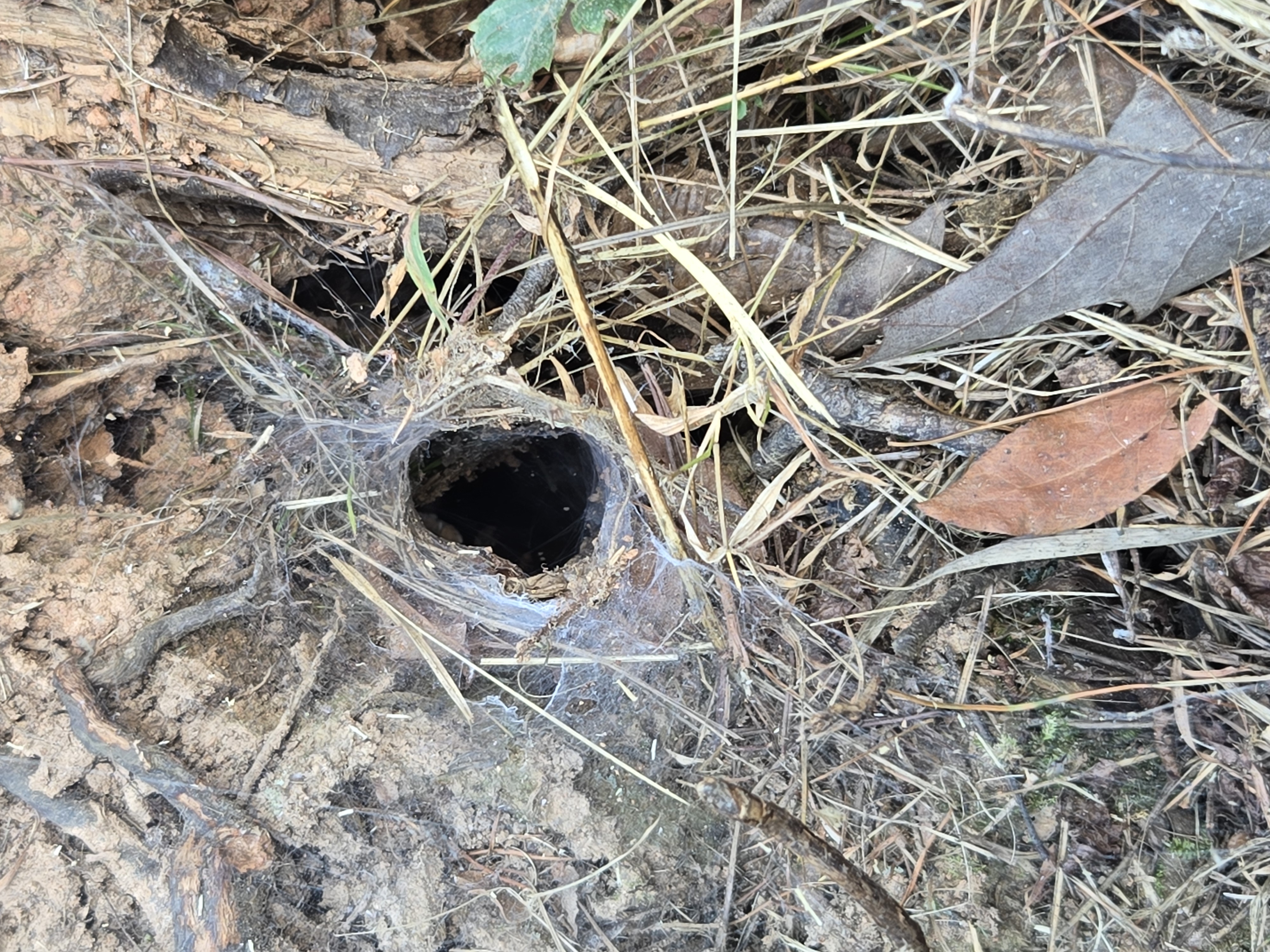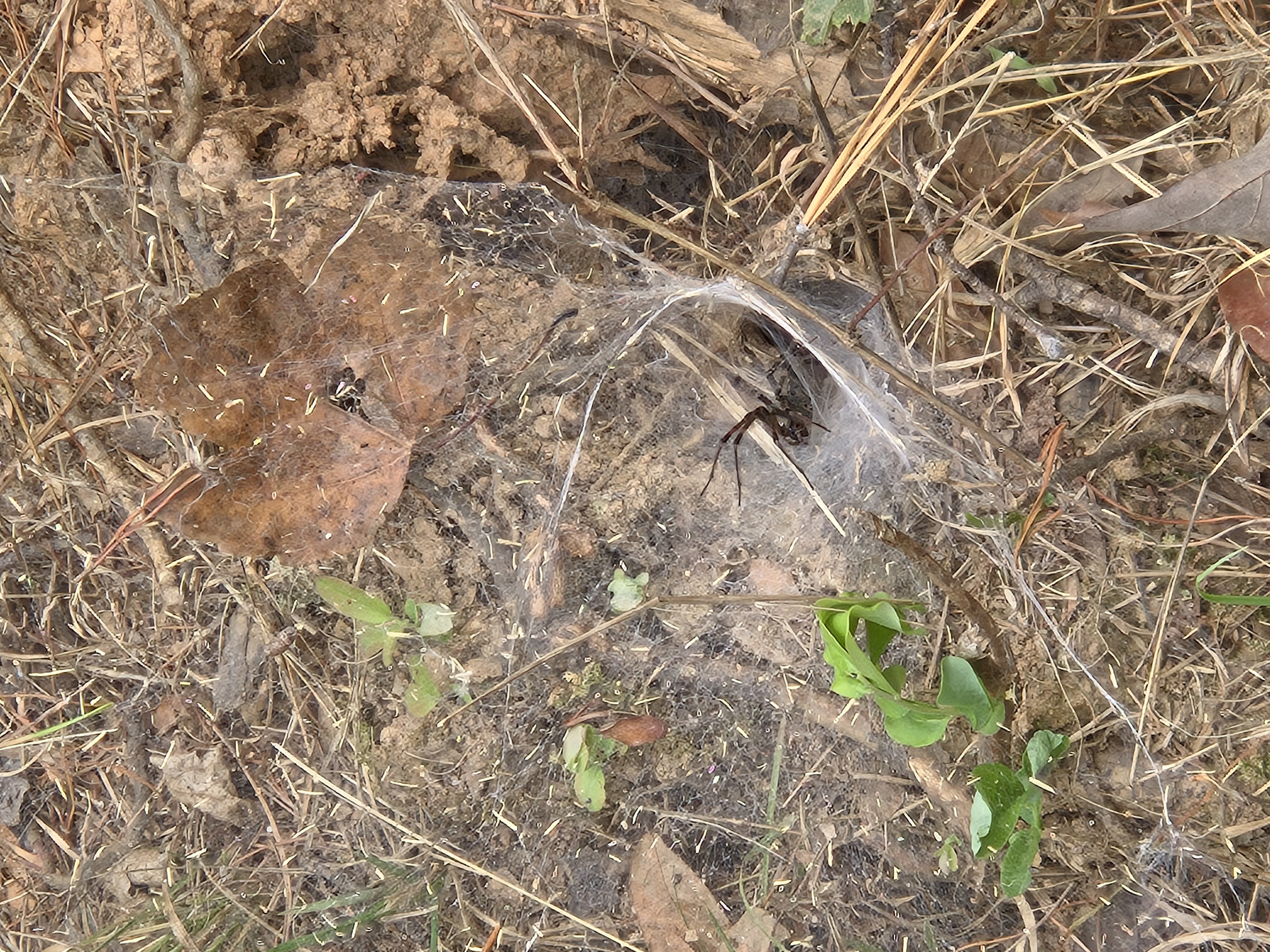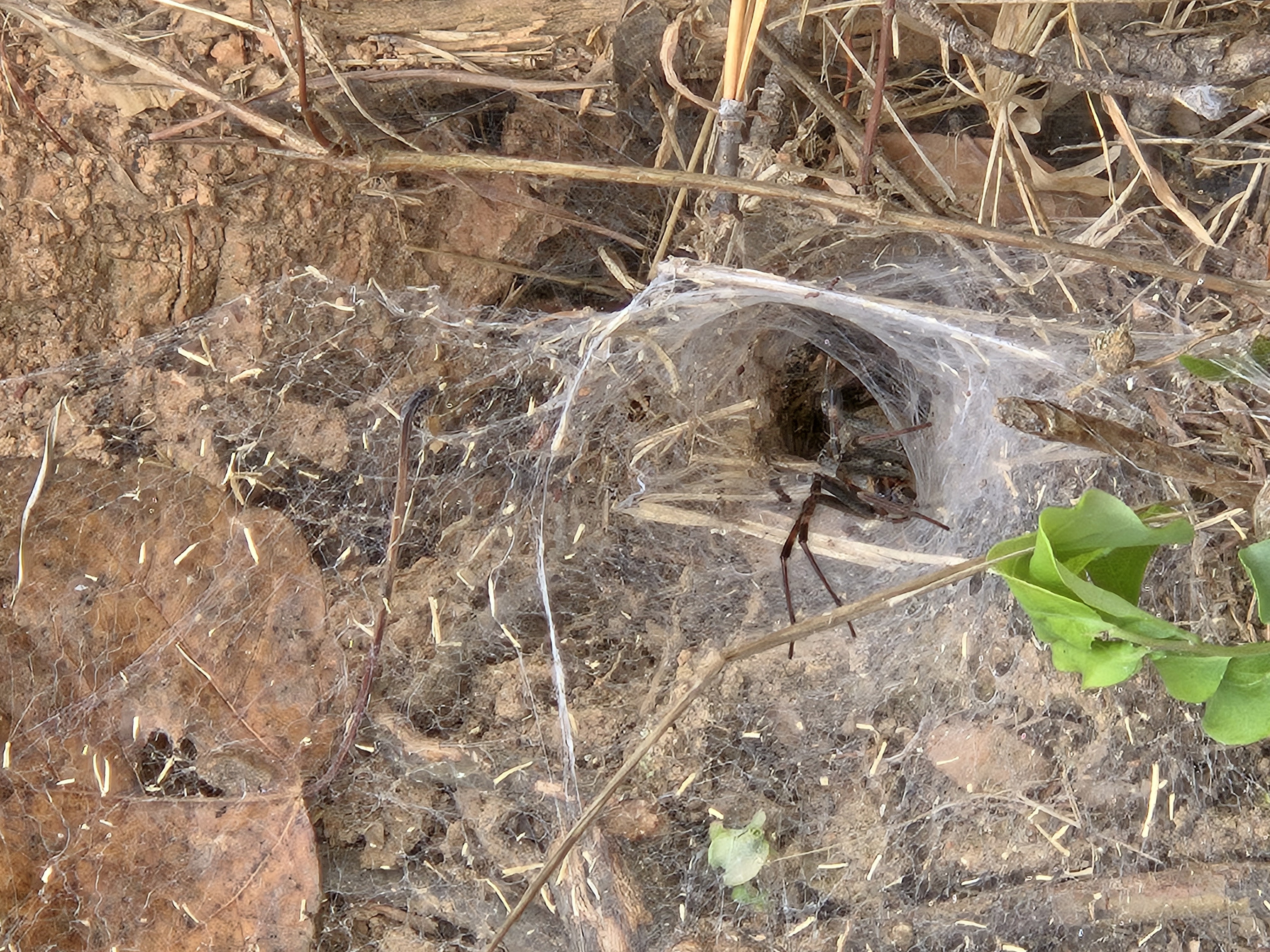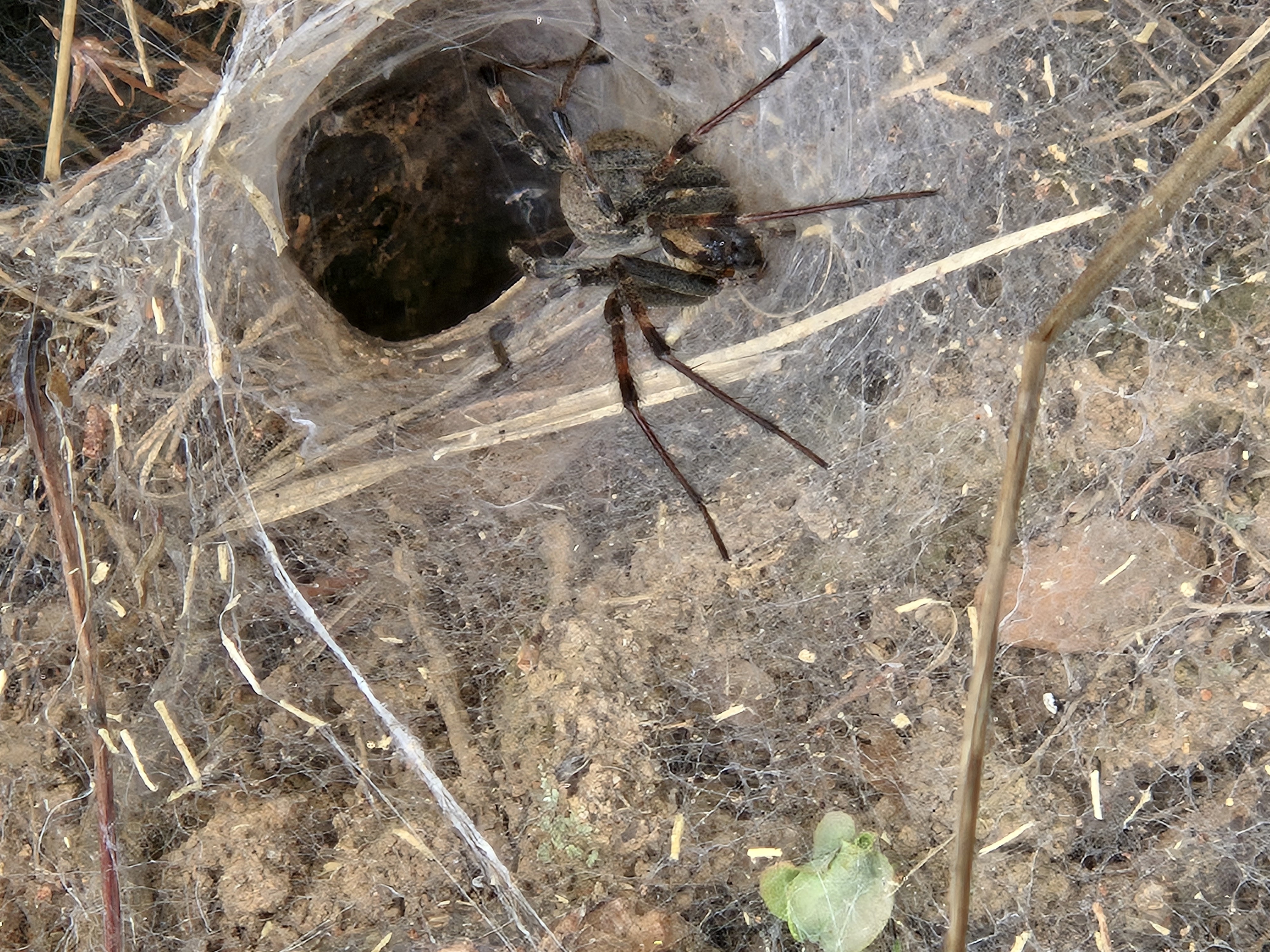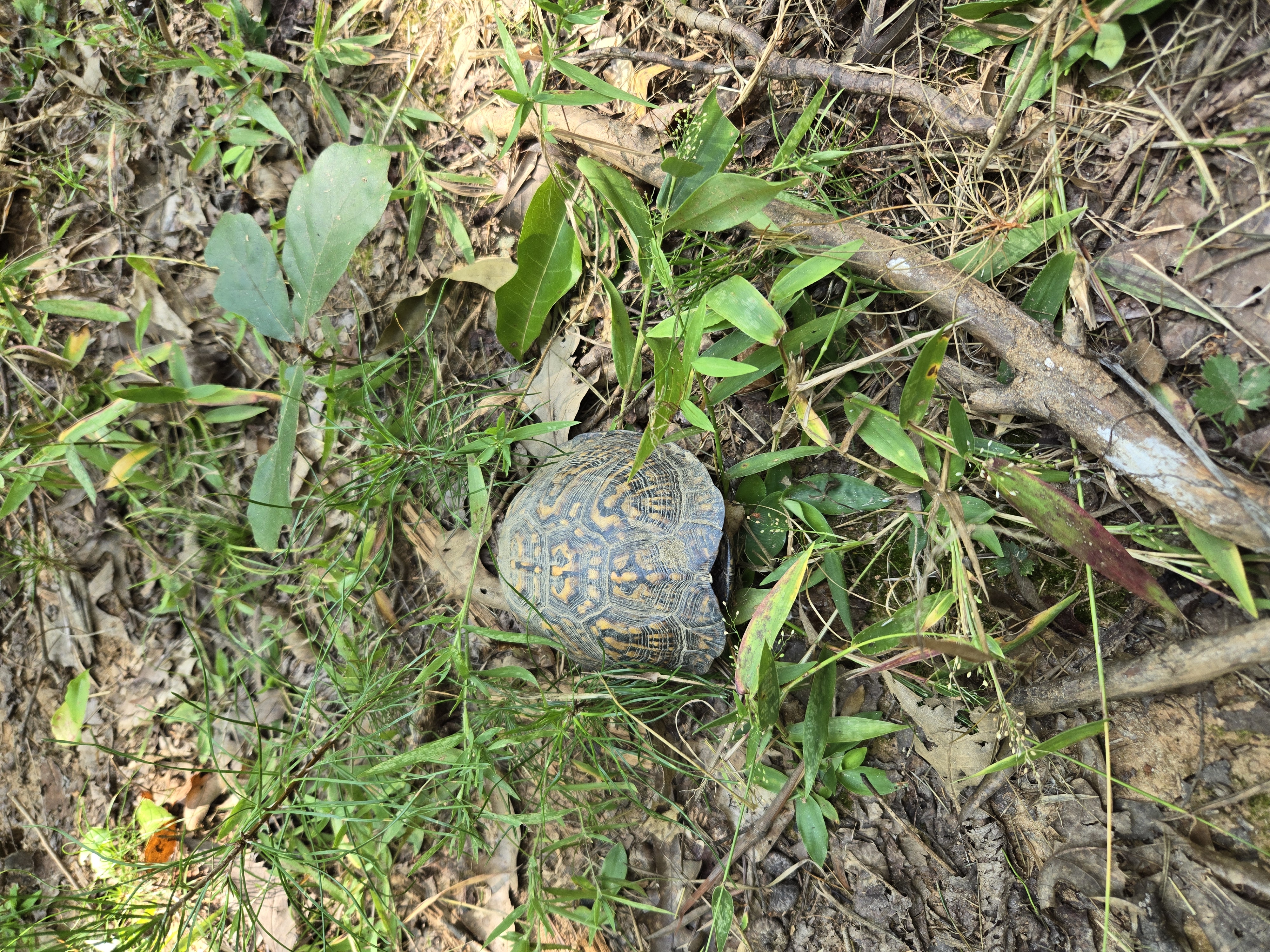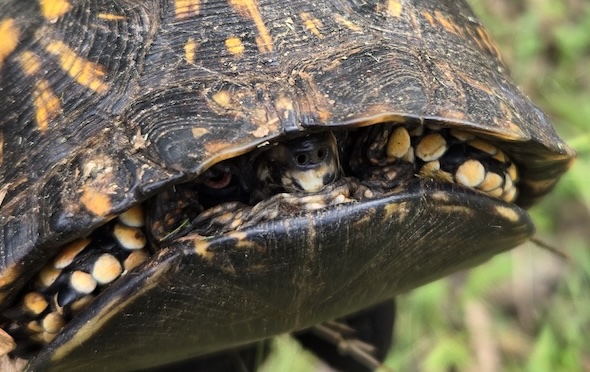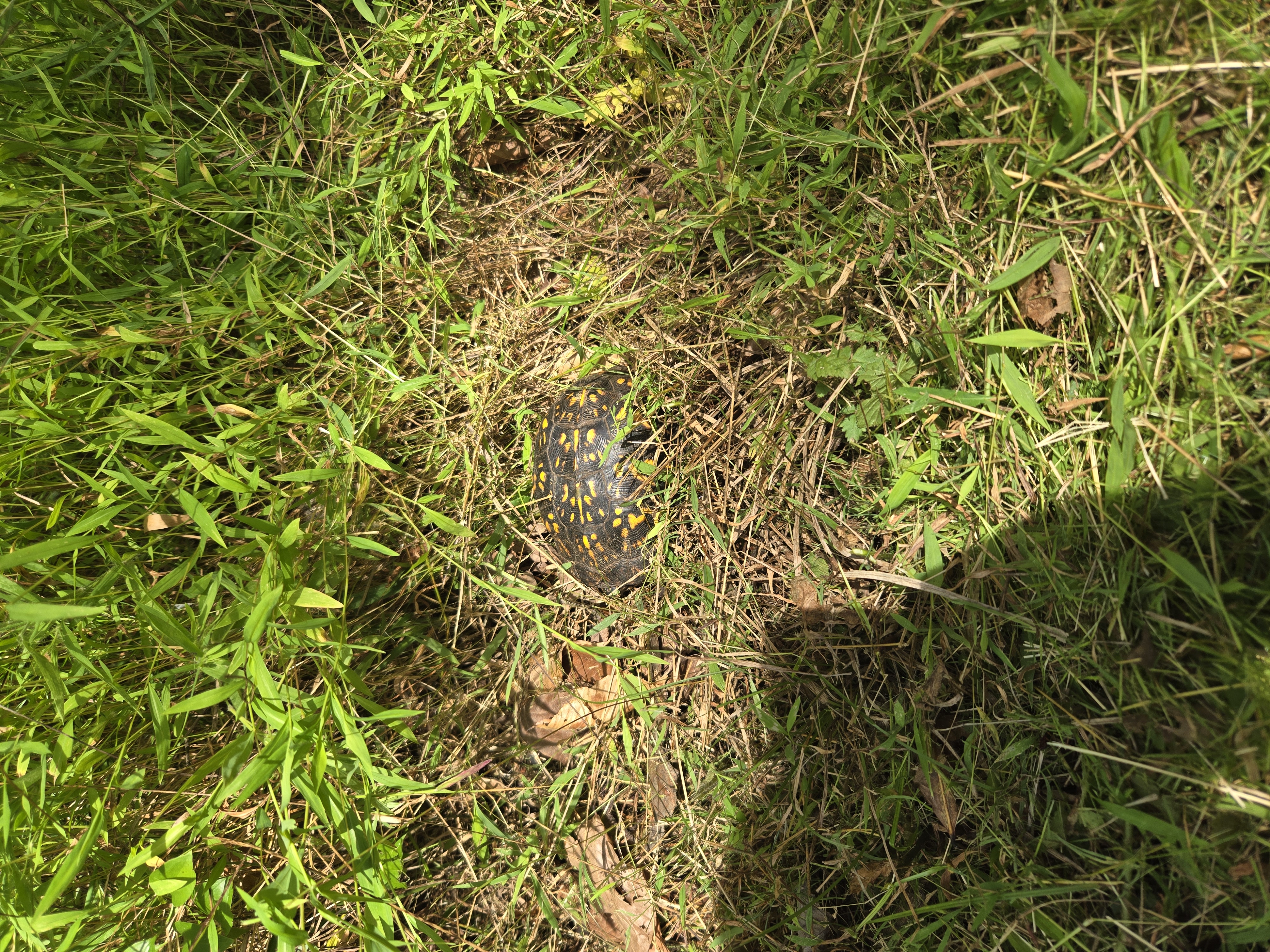NineLifeGrove.org
The Residents
We provide all life a chance at Nine Lives
Nine Life Grove Nature Preserve consist of over 1,000 species of animals, plants, fungi and other thriving organisms that create its magical vast ecosystem. Currently, there are over 20 types of mammals that live and pass through the preserve. Some of our small furry friends consist of opossums, skunks, squirrels and rabbits; furthermore, black bears, bobcats, and coyotes have been seen here too. Outside of mammals, there are over 150 species of birds that reside and migrate throughout the grove. A few feathered residents are bluejays, cardinals, and carolina chickadees. Meanwhile, hummingbirds, red-tailed hawks, warblers and many more are seasonal travelers that love to come visit us. Besides mammals and birds, there are 55 known spiders species that lurk the lands; including the infamous black widow and brown recluse. In addition to spiders, the grove also is residence to other arachnids such as harvestman, mites, scorpions, and ticks. Lastly, there is an unknown array of insects and invertebrates that are here, essential to the environment. Butterflies, bees, praying mantises, beetles and ants are all insects that play an important part of a healthy ecosystem. This also includes invertebrates like earthworms, centipedes, snails and slugs which contribute to natures foodchain.
In addition to animals, the preserve has over 800 species of vascular plants; less than 10% of which are trees or shrubs, while the other 90% consists of countless wild herbs, ferns and flowers that blanket the grounds. These species of plants use photosynthesis and tube-like tissues known as the xylem and phloem to transport and absorb nutrients. Some of these residents include azaleas, blueberries, dogwoods, oak trees, lavender, orchids, maple trees, and virginia pines. Unlike vascular plants, nonvascular plants lack the xylem and phloem and instead rely solely on photosynthesis and osmosis for processing their food. Apart from plants, another nonvascular organism native to the preserve is fungi. Fungi is the plural term for fungus and unlike plants, it does not require photosynthesis to process food. Alternatively, they in turn feed on other organic matter, particularly dead woods and leaves. Here, at Nine Life Grove, we have over 300 known species of nonvascular plants and fungi as residents. Some commonly seen are algae, hornwort, lichen, liverwort, mosses and mushrooms (false parasols, morels, and turkey tails).
Back
